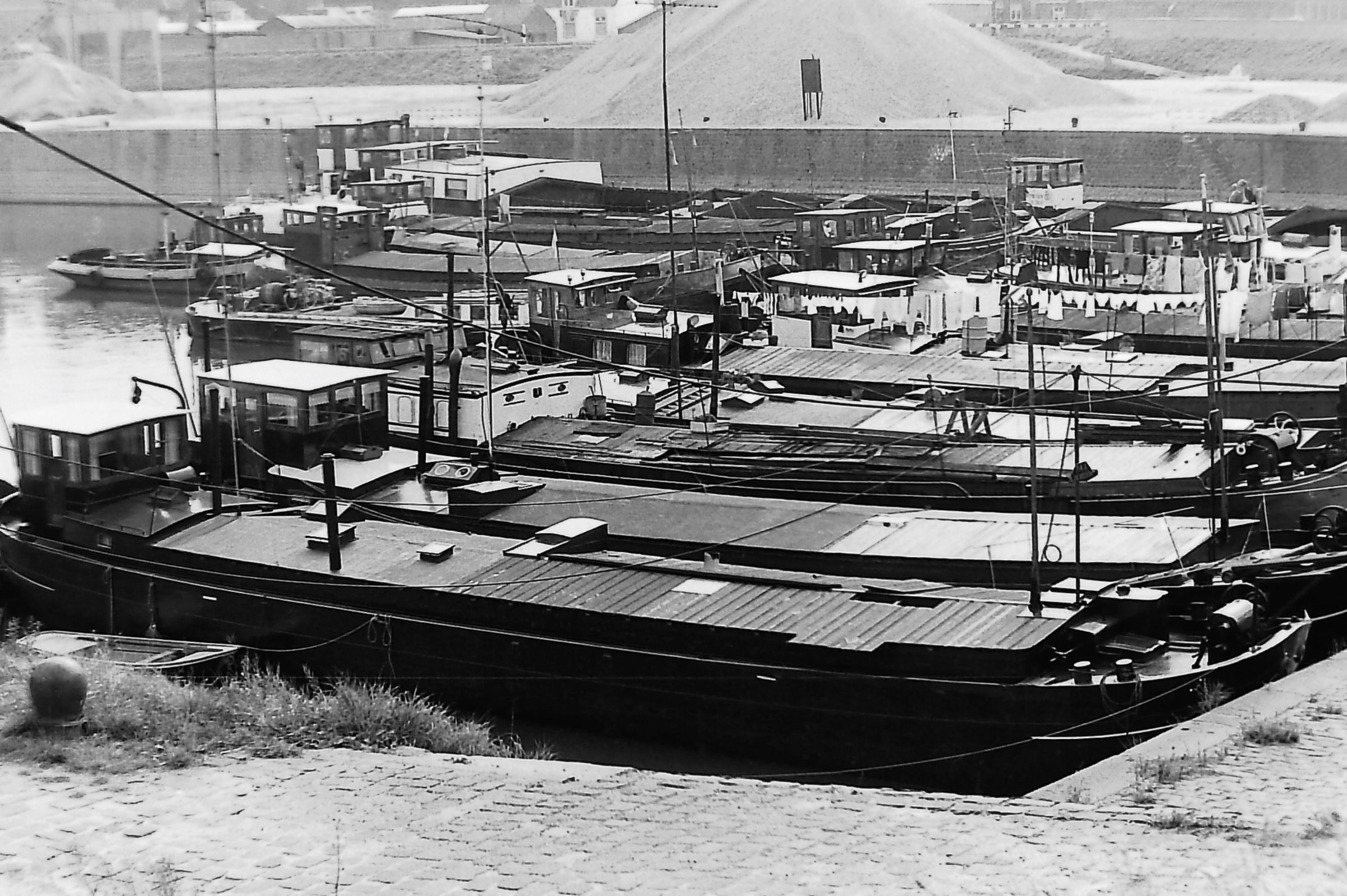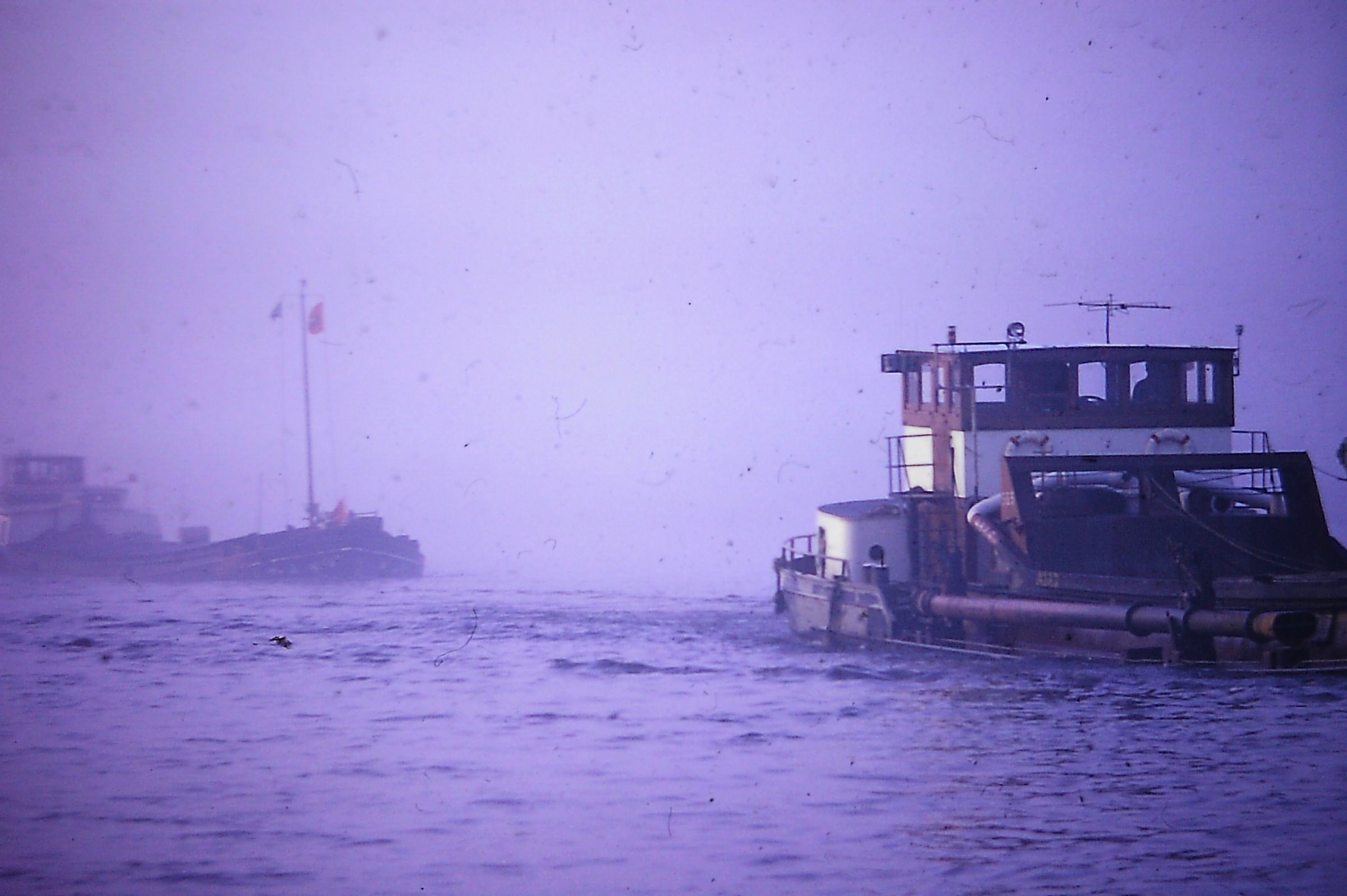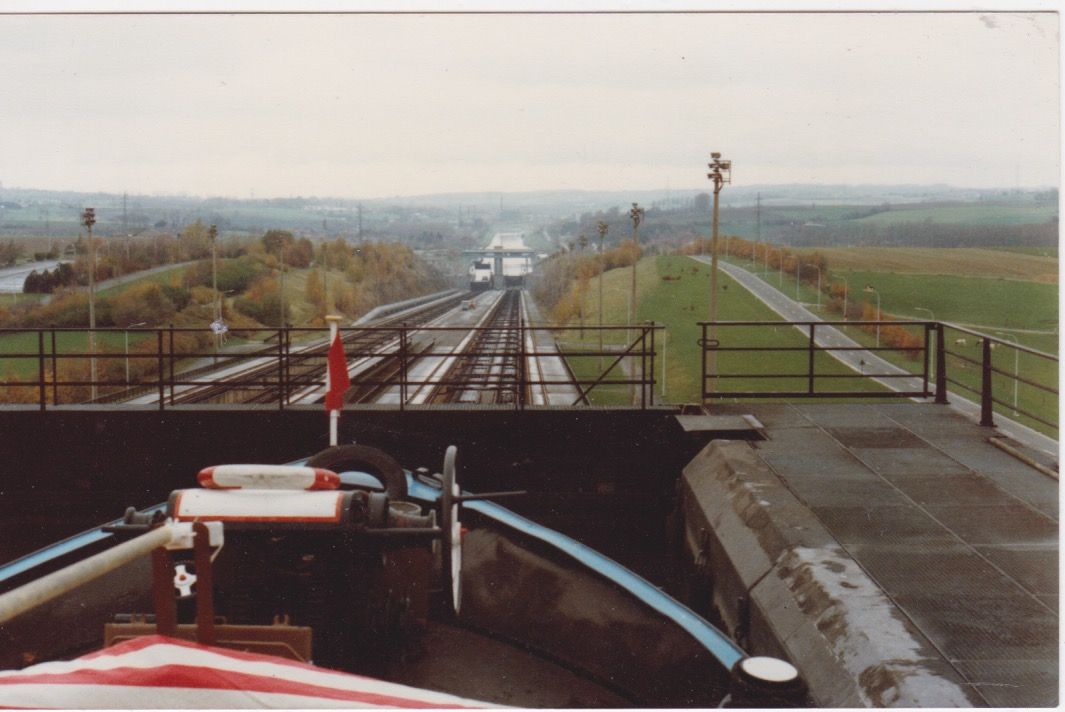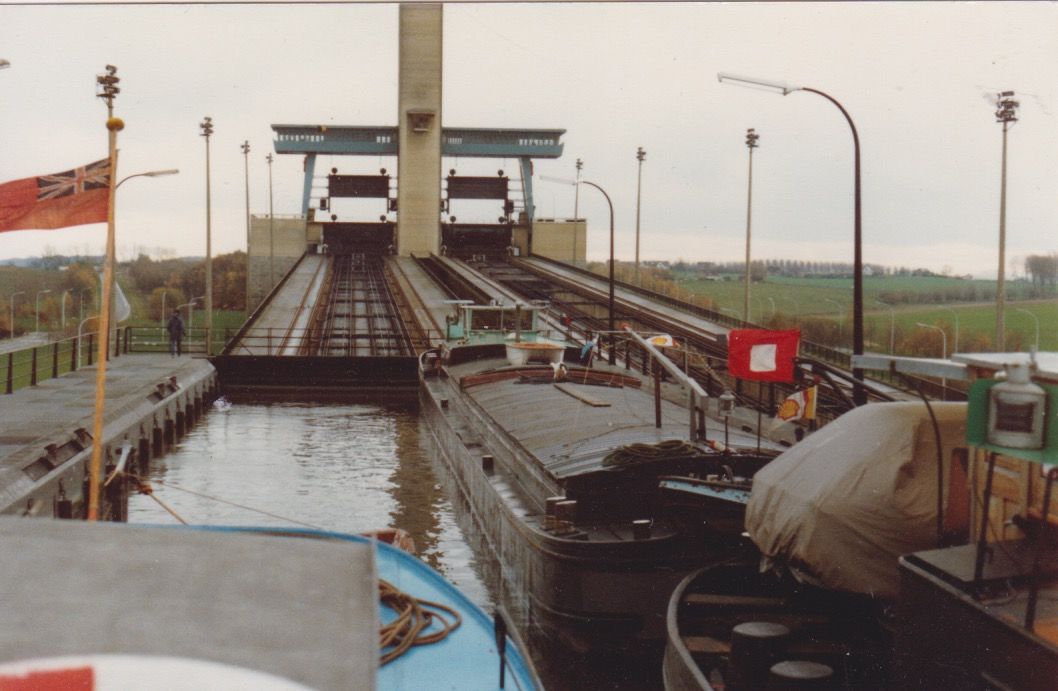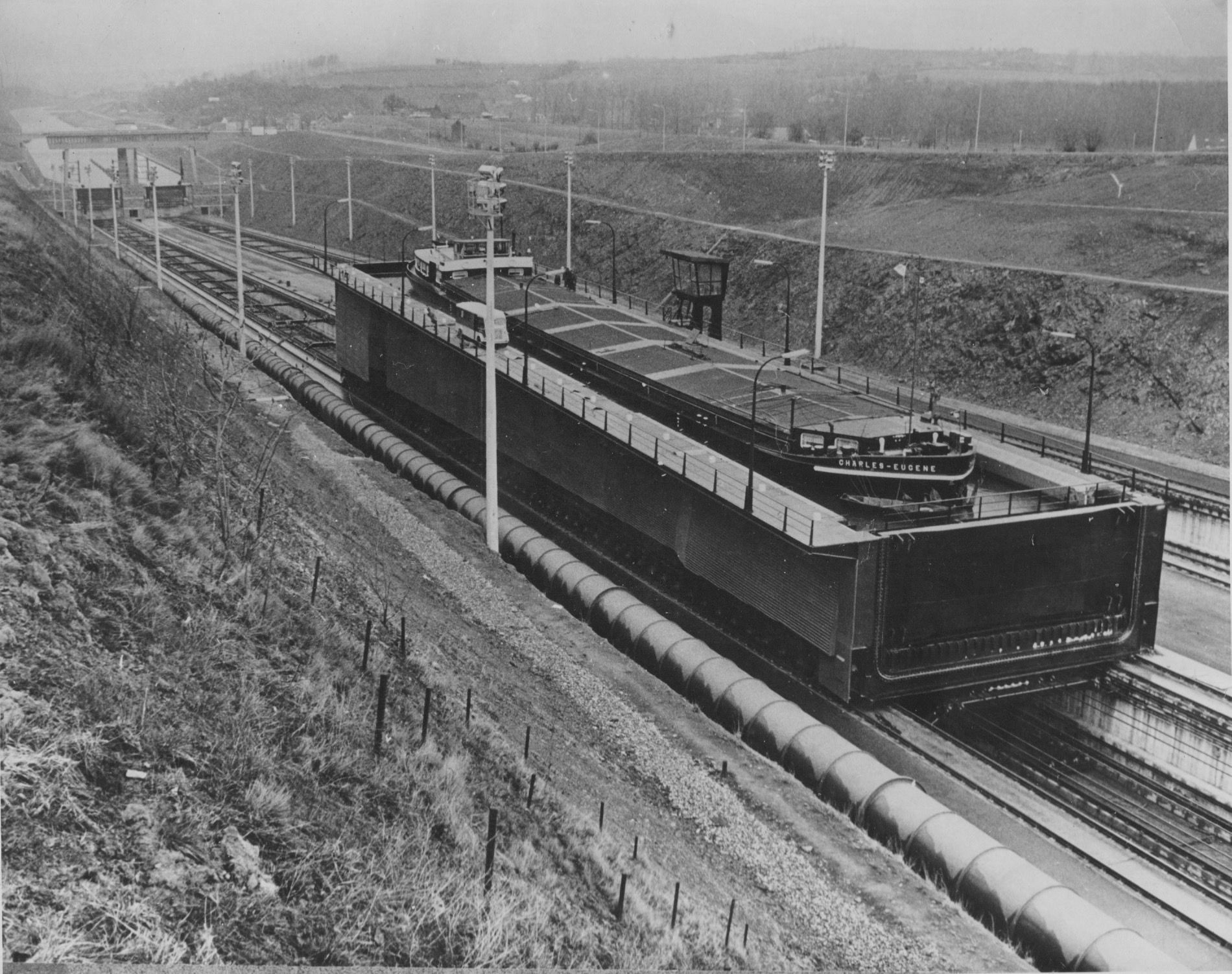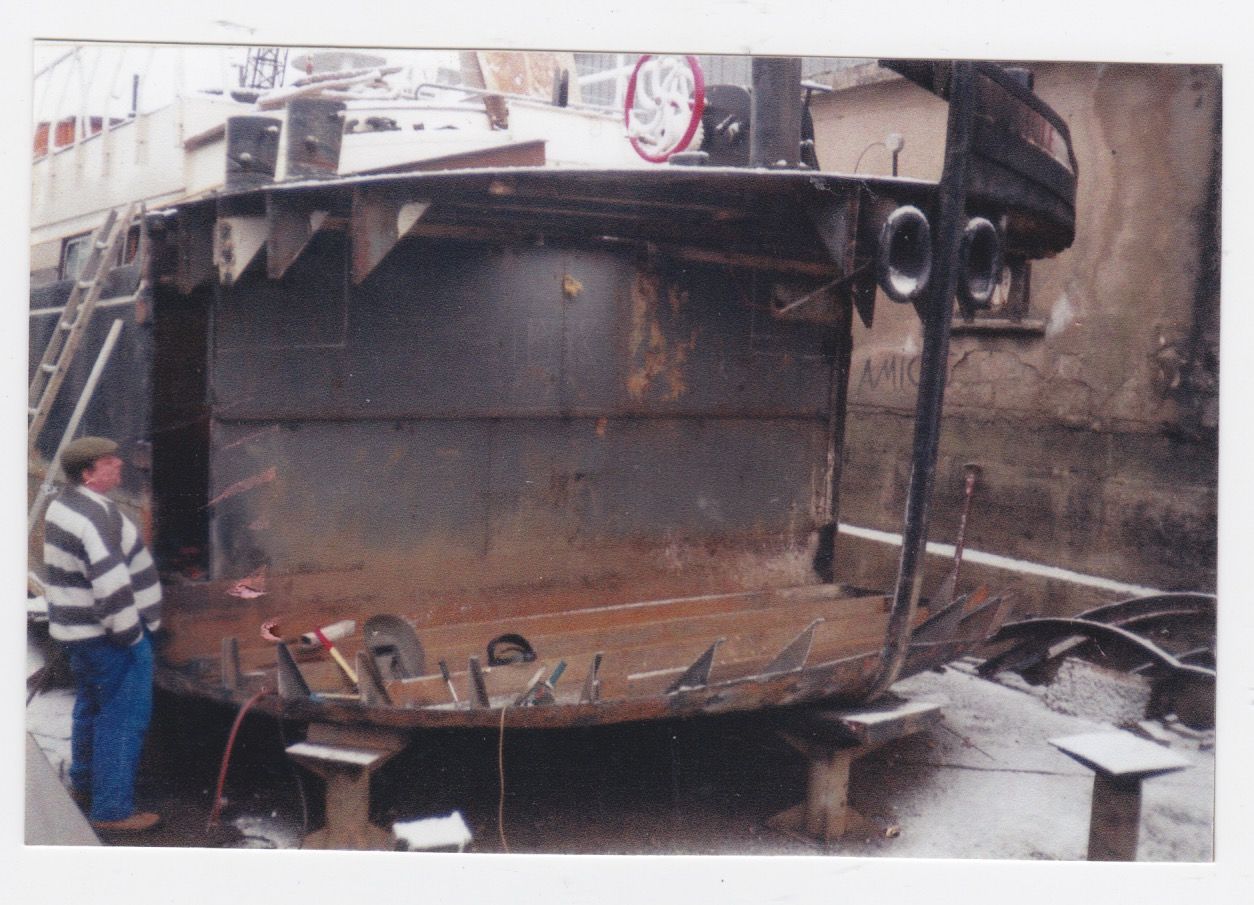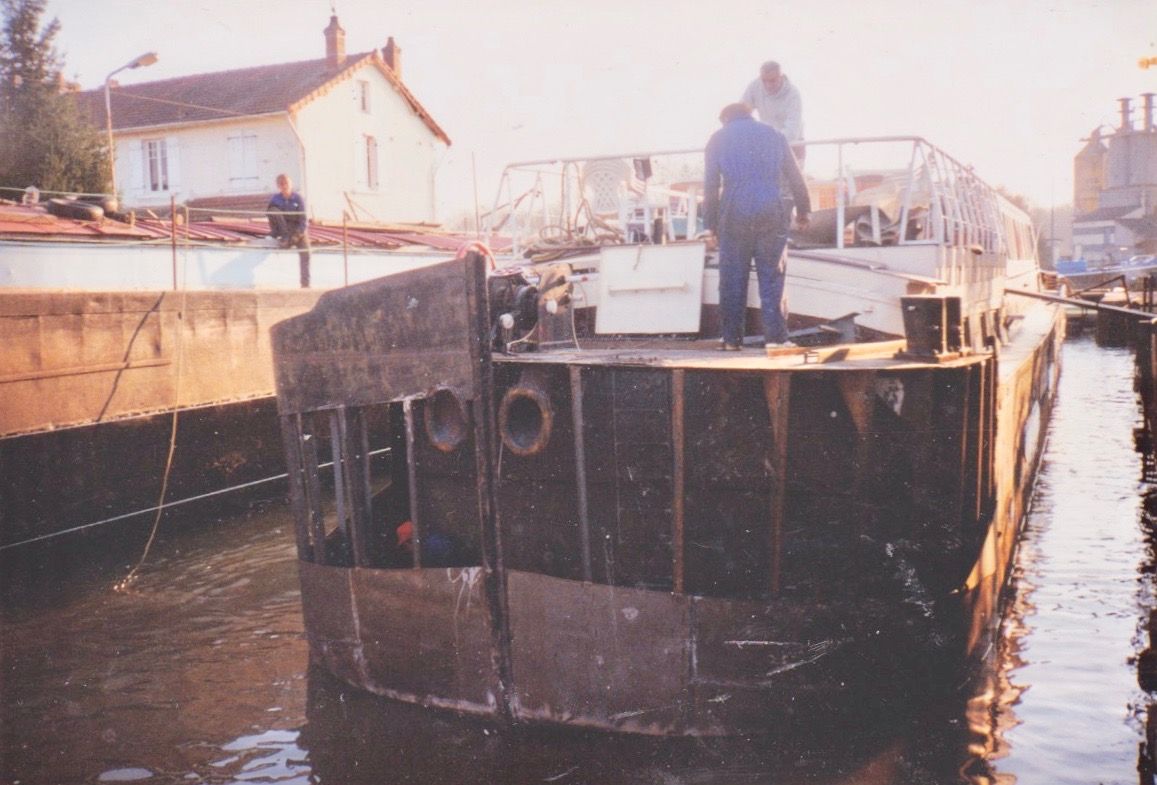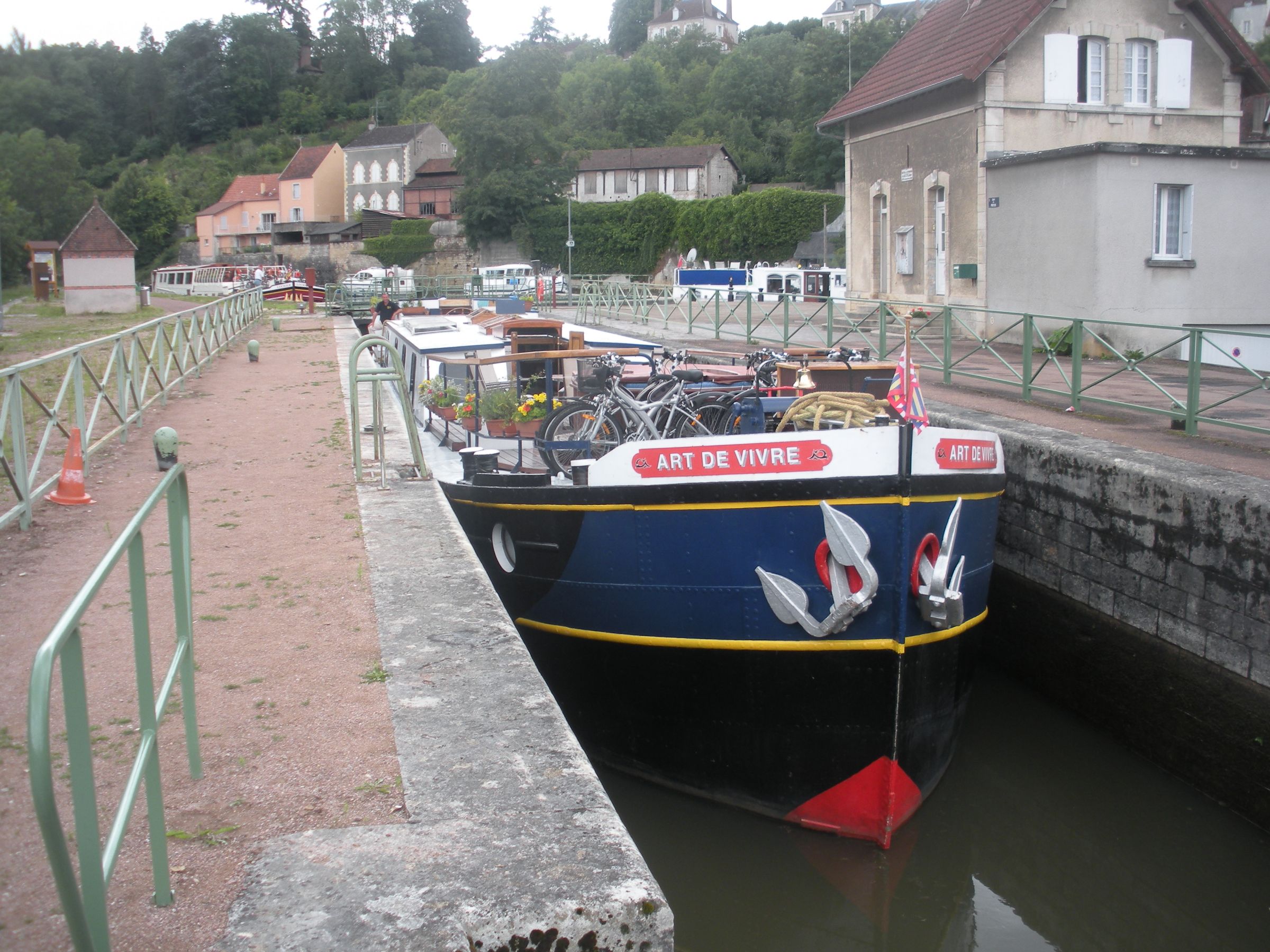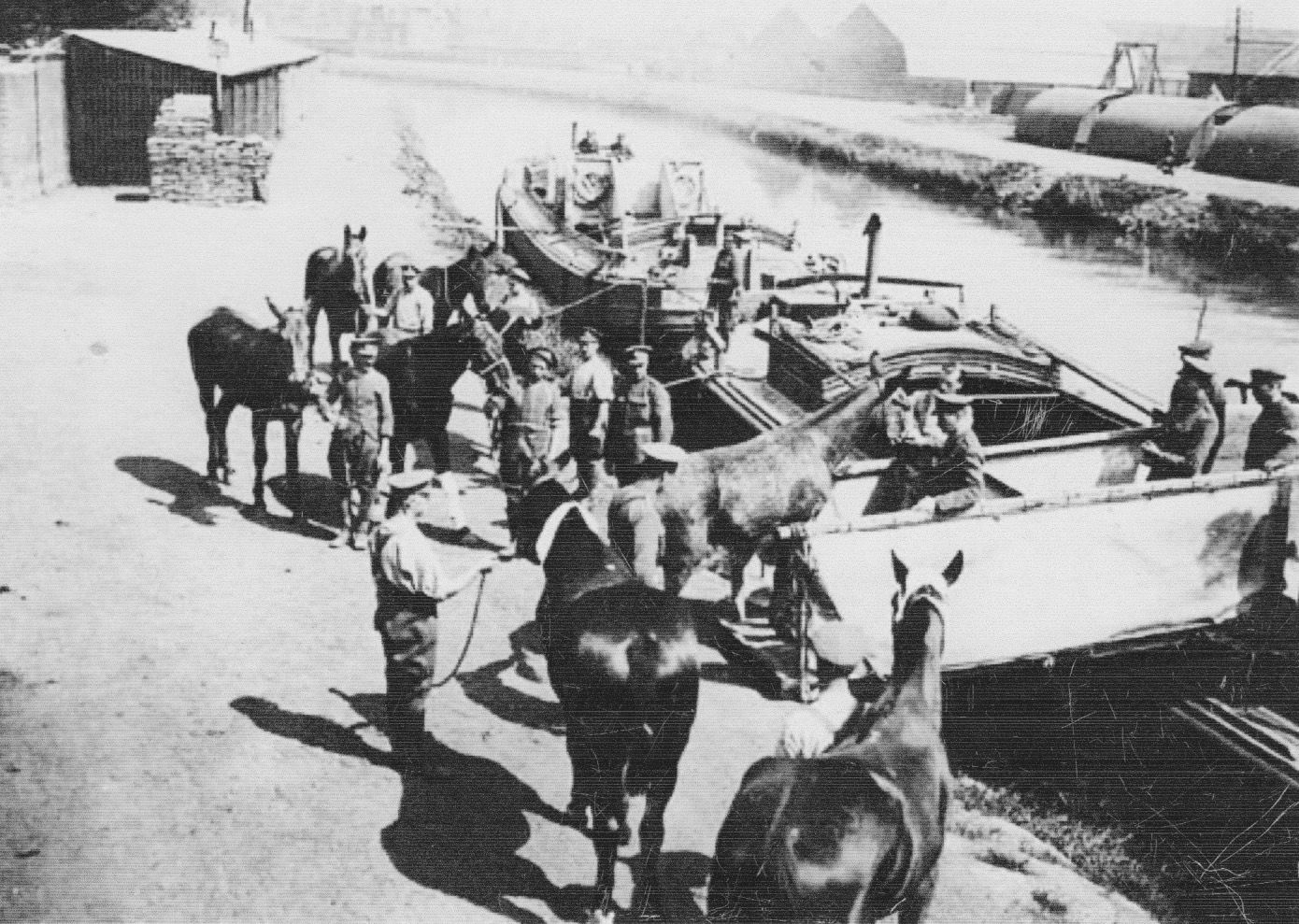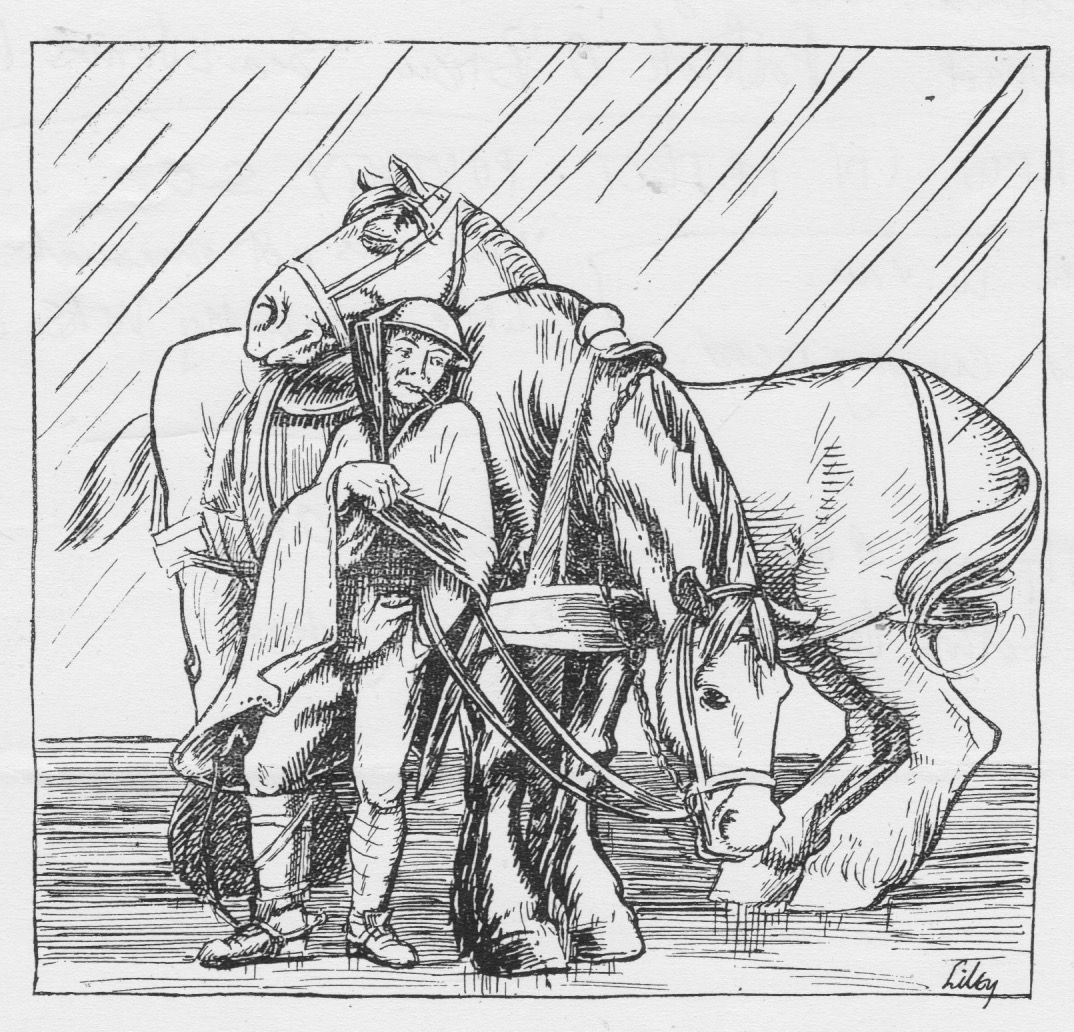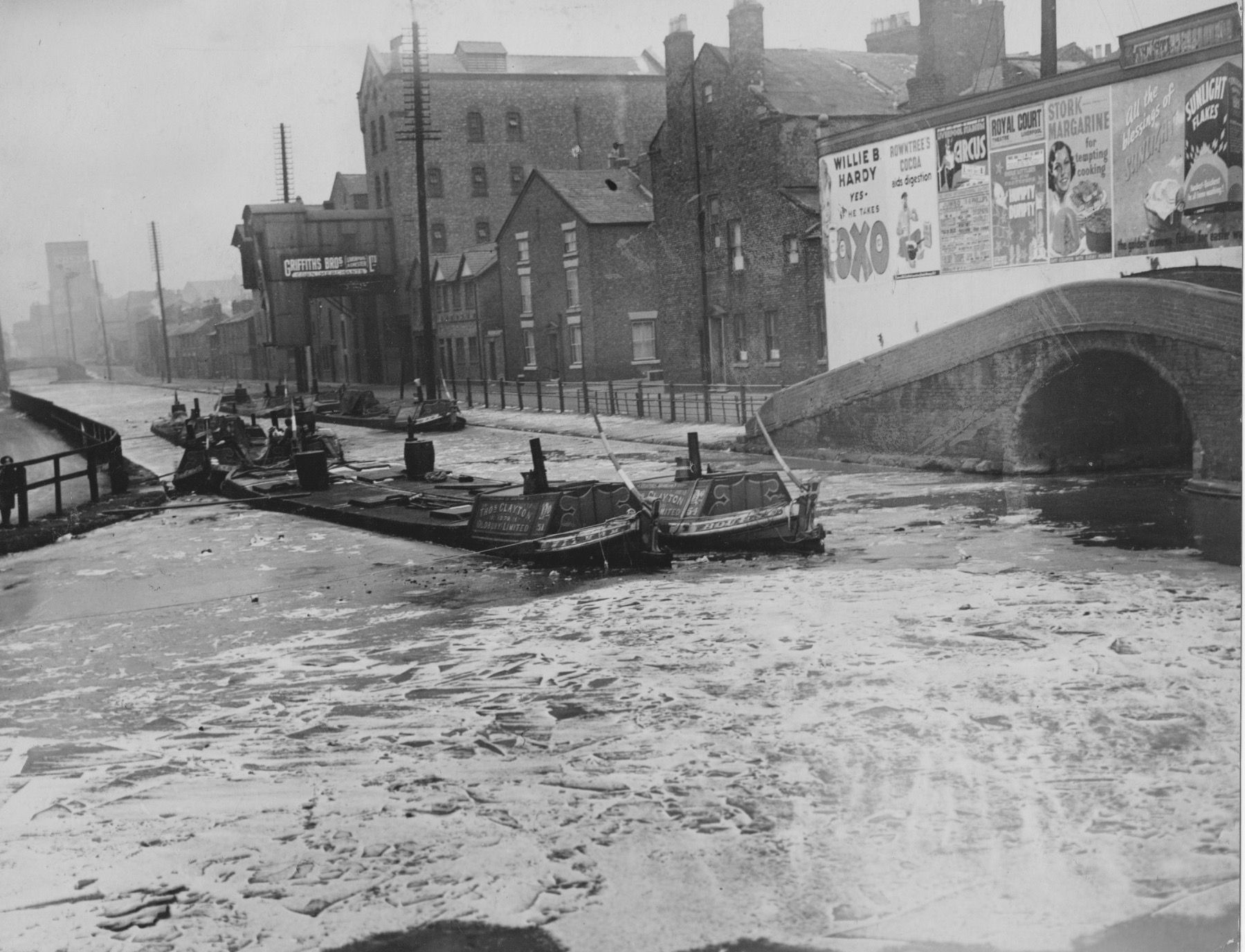-
Posts
319 -
Joined
-
Last visited
Content Type
Profiles
Forums
Events
Gallery
Blogs
Store
Everything posted by John Liley
-
For a time we kept the Arthur at Lisson Grove on the Regent's Canal, a splendid base for circular trips down the Limehouse, then up the Thames to Brentford. The Brookfoot also was there, the Calder & Hebble boat we wedged against the tunnel roof at Maida Vale. Other shots show a routine incident on the canal part of the journey, and one of our groups on the River Lee - just within the crowding regulations of the Board & Trade I would guess. Chelsea still had commerce then. So did Fulham Power Station, where a 'Flatiron' collier, having discharged, is waiting for the tide to turn before wriggling under the bridges on her way to the sea.
-
When a sand bar appeared in the Yonne below Clamecy Lock a dredger was sent for. Thoughts of a specialised vessel panting into view were dispelled by the arrival of a lorry with pontoons on it. These, when clipped together, supported a digger which moved the sand to a less important part of the river, where it eventually washed away. The ingenious part of it all was the use of a second digger, to which one of the mooring ropes was tied, then moved down the bank to keep the whole thing tight. Two hours later the ensemble departed, job done.
-
I bought the Arthur from my friend Mike Streat. Here. on the trial trip, the pair of us discover the shortcomings of the canal through Leicester. The next voyage was in the 1970 freeze. We shouldn't have gone, really, but friends had been invited and I did not want to disappoint, It was around this time that the propellor whirled a chunk of ice through the engine room plating, We blocked the hole up with puddle-clay from the canal side and wedged a block of wood over it, which lasted until we got to the dock in Long Eaton several weeks later. She was a simple boat. Water on board came from a hand pump. If you wanted it hot you put the kettle on. But what good times we had. She went to Burgundy, the Rhine and northernmost Nederland.
-
The Freycinet programme of canal modernisation in the 1880s was running out of steam when the Canal du Nivernais was reached. Only certain portions got the treatment. One such lies between Cravant and Vincelles, where a temperamental stretch of the Yonne was bypassed. The old cut into the river is still visible at Cravant, with a derelict lock and two rotting 30 metre barges. The 'new' canal has silted since and can be slow going for bigger boats. At the northern end the first of the two Freycinet locks holds a surprise for the unwary. A special wind lurks here, hiding behind the lock house, waiting to pounce during the final barge's length. It did not happen when the second picture was taken. Perhaps there weren't enough people watching. If I had been steering I would have been way off towards the towpath side of the cut, then turning in from there, just in case.
-
Many thanks indeed. That is certainly something to chew on. My friends who went to see him found Mr Pownall at home in Wimbledon, still declaring that his scheme would one day have to be adopted, in the interest of water supply. Apart from that, they had nothing more to say about him. Andrew Denny of 'Waterways World' kindly sent be a copy of his thesis, which takes a particular example of what could be done, up beside the higher reaches of the Leeds & Liverpool Canal, on the Lancashire side. I have to confess it made his proposal of a tunnel in that area daunting: It would rival, no, overshadow, HS2. To get UK governments interested at all seems beyond unlikely, although Boris Johnson (who else?) referred to the Pownall scheme in his days as London's mayor, though how serious he was one can only imagine. Should the Manchester Ship Canal and the Aire & Calder together become major arteries of trade, then a case could begin to be made. But not in my lifetime, I fear A major handicap to an expansion of the English canal system for freight is the lack of knowledge of what has developed, and continues to develop, in nearby mainland Europe. Do those who run the Inland Waterways Association, for example, ever go there? They should. My thanks agin, all the same. I shall keep the idea of a book on this with others bumbling about in my brain
-
J F Pownall, proponent of the Grand Contour Canal, was pictured when two friends of mine paid him a visit. A few months previously Mr Pownall had tried to gather support.Little was forthcoming, though my further friend Mike Streat, then running the Braunston complex, also went to see him. Thinking later that a book about the project might be of interest, enlarging upon Mr Pownall's own dissertation, I encountered the immediate problem that of Mr Pownall, now deceased, no-one seems to know anything. The Internet adds little, though in a posting on this forum in 2010,, Maggie patrick says "Shame the Victorians didn't think of it, they'd have built it." Does anyone now have any information on Mr Pownall himself?
-
Such is the eddy below most of the locks on the River Yonne it is inevitable that craft going in fetch up against the wall nearest the weir. With that in mind the pilote of the empty pusher pair that preceded us moved the stern across once he was in to make space for ourselves to aim at. Throughout, though, he and his wife kept their bow firmly tethered to the starboard-hand wall. The reason? There was a steady wind blowing from L to R in the top photo. When leaving they kept one of those lines ashore, the pilote's wife walking down the side decks as they went, putting a turn of the rope on the succession of bollards there,. This kept the boats on course, with an adroitness that made it look easy..
-
Not a great picture, but a reminder of the days when locks on the Seine were less than user-friendly. With rough sloping sides they made up in size for lack of sophistication. Taking an age to negotiate, they had separate groups of lock-keepers for the two ends. Communication seemed to be by bicycle. On the Seine today, despite the vertical walls, there are often no lock-keepers at all. Someone sits in an office somewhere else, looking at what the cameras tell them then pushing at buttons.
-
In a corner of Friesland near Heerenveen, where the waterways had dwindled in status, this 250 tonne capacity vessel suddenly appeared. The single soul who guided it came out of his wheelhouse to scratch with a bit of glasspaper at some miniscule blemish in the paintwork while waiting for the bridge to be opened, a remarkable structure in itself, with tilting overhead wires. I wondered for a time whether to post the top photo on the 'March of the Widebeams' thread to see where it might take us, but decided against.
-
Foamy days recalled. On the Trent this was commonly a problem. Lurking on the froth astern of the Greendale are three other craft, bound for Boston for a cargo of timber to be brought back to Leicester. These were the Leeds & Liverpool barge Bertha, in the hands of the redoubtable J K Ebblewhite, and narrow boats Malta and Grace, operated by Jack Monk and family. They would later be joined by Jaguar and Crater, seen on that return trip, passing through Lincoln. The further photo shows a useful-looking basin in Leicester, being made into a desert, as Robert Aickman used to put it. Sorry, I should have said Lincoln. JL
-
"Ernest - A recent photograph" So wrote Robert Aickman in 'The Bulletin' of the Inland Waterways association, taking delight in this picture of Ernest Marples, Minister of Transport. It was Marples who commissioned the Beeching Report on our railways. He also, incidentally, established the British Waterways Board. For years the word Marples was on display beside the nation's road-buildong projects, representing the Minister's own construction company Marples Ridgdeway. He claimed, upon becoming Minister, to have sold his shareholding. Only later did it transpire that he had sold them to his wife.
-
Leeds & Liverpool short boat Arthur sits on the sand at Wells-next-the-Sea. Having left Boston on a good forecast all that changed and we were lucky to be off Wells a (necessarily) at High Water and surfed our way in. We moved some dodgy stuff in my days of seagoing yacht delivery but never did we encounter anything so basically unseaworthy as this. With bluff bows and a propellor too near the surface ongoing progress could be nil. Also, she rolled, skidded sideways and the rudder steered the helmsman rather than the other way round. I would honestly have preferred a narrow boat. We made it onwards the next day, all the way to Brentford in flat calm. We were lucky
- 195 replies
-
- 5
-

-
- silver propeller
- dead ends
-
(and 2 more)
Tagged with:
-
Nearing their end, boats of the Willow Wren carrying fleet wait for a stoppage to be lifted at Stoke Bruerne in the winter of 1967. The Willow Wren venture, an heroic one, was founded by Robert Aickman, Vivian Bulkeley-Johnson and Leslie Morton, who managed the operation. Morton, a dynamic figure,had been largely responsible for the huge expansion of the Grand Union Canal Carrying Company's activities in the 1930s. In his book 'The Long Wake' he recalls his youth on sailing ships . He rounded Cape Horn six times and is particularly remembered for his and his brother's bravery in the sinking of the Lusitania, when they rescued over 100 people. Unhappily, he died before publishing more, but now a further book is promised, covering his Grand Union days. Meanwhile, take a look at https://www.rmslusitania.info/people/deck/leslie-morton/ What a life!
-
On the Waal: a group of liveaboard barges seen in a basin at Nijmegen, and a sudden patch of fog further downriver. When that happened all those without radar made towards the bank to either stop or go at very slow speed. Meanwhile those with radar on board carried on their merry way, thundering by with siren signals as they passed. Having subsequently seen how difficult radar can be when there are overhead power cables around I am glad I did not know that then.
-
I remember John Gagg very well. In our early days with hotel-barge Secunda I invited him on board for a week. There he told me how, as a schools inspector, he had been asked his opinion of a forthcoming textbook on English for African children and found it hopelessly adult and patronising. Reluctantly, he was then asked to write his own version, which turned into a highly successful series. "Because I'm a childlike person myself" was the way that he put it. I also remember him dismantling a fellow passenger's outlook when a racist comment had been overheard. Quietly and politely, but remorselessly, he did just that.



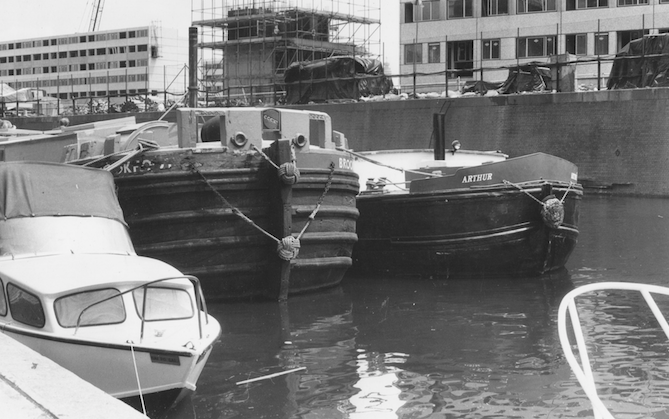
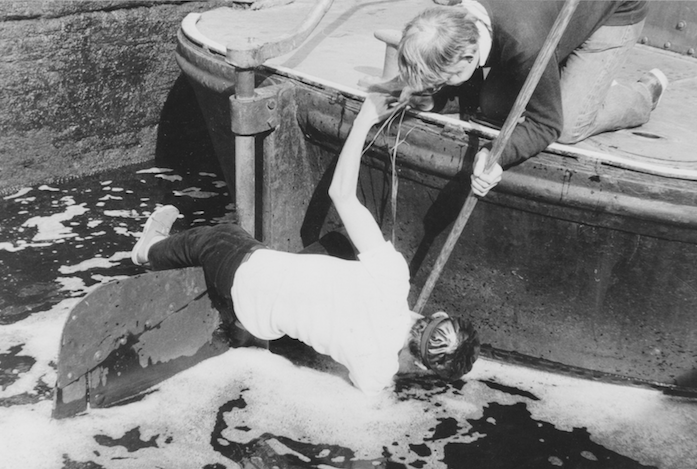
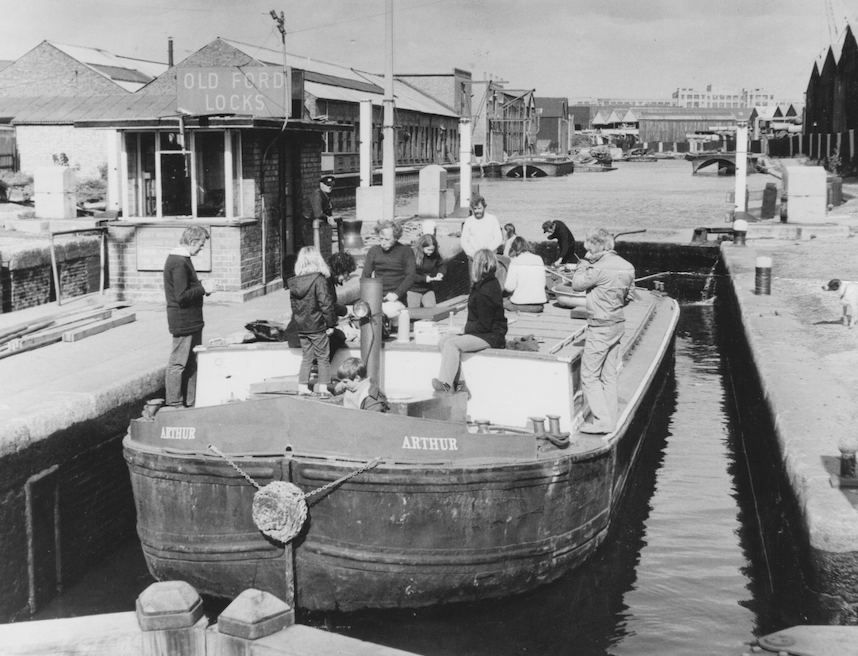
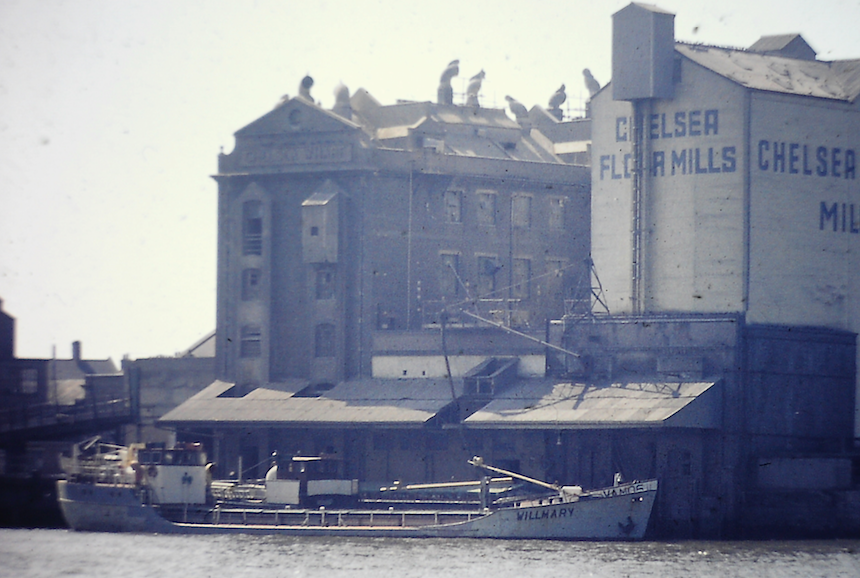
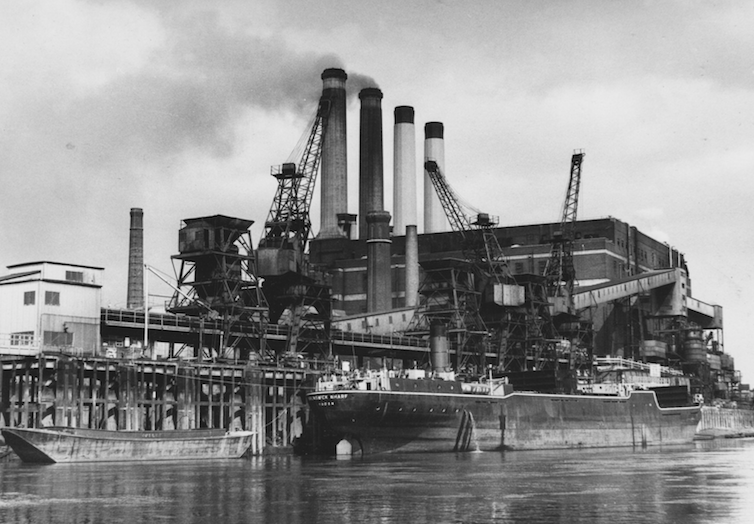
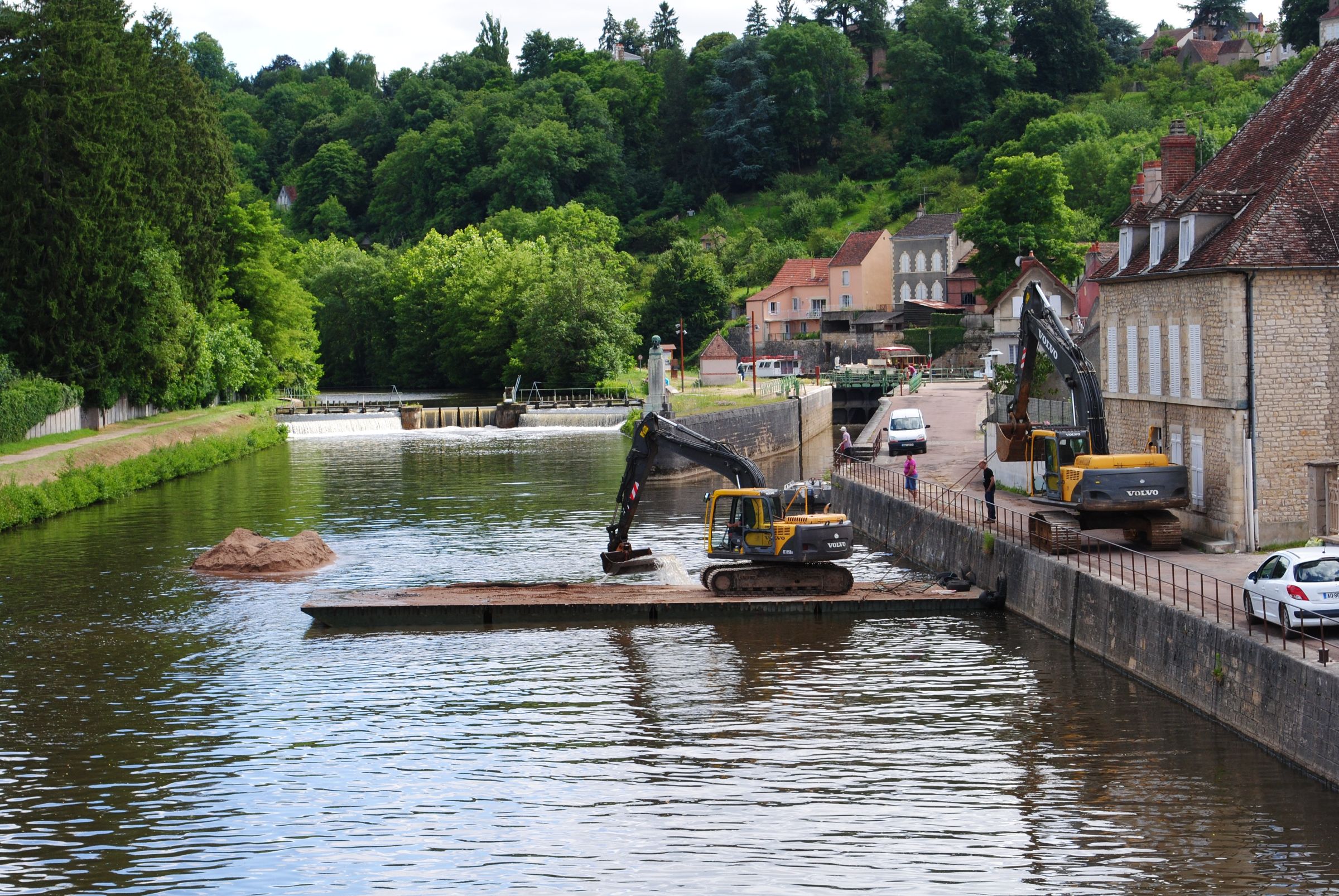
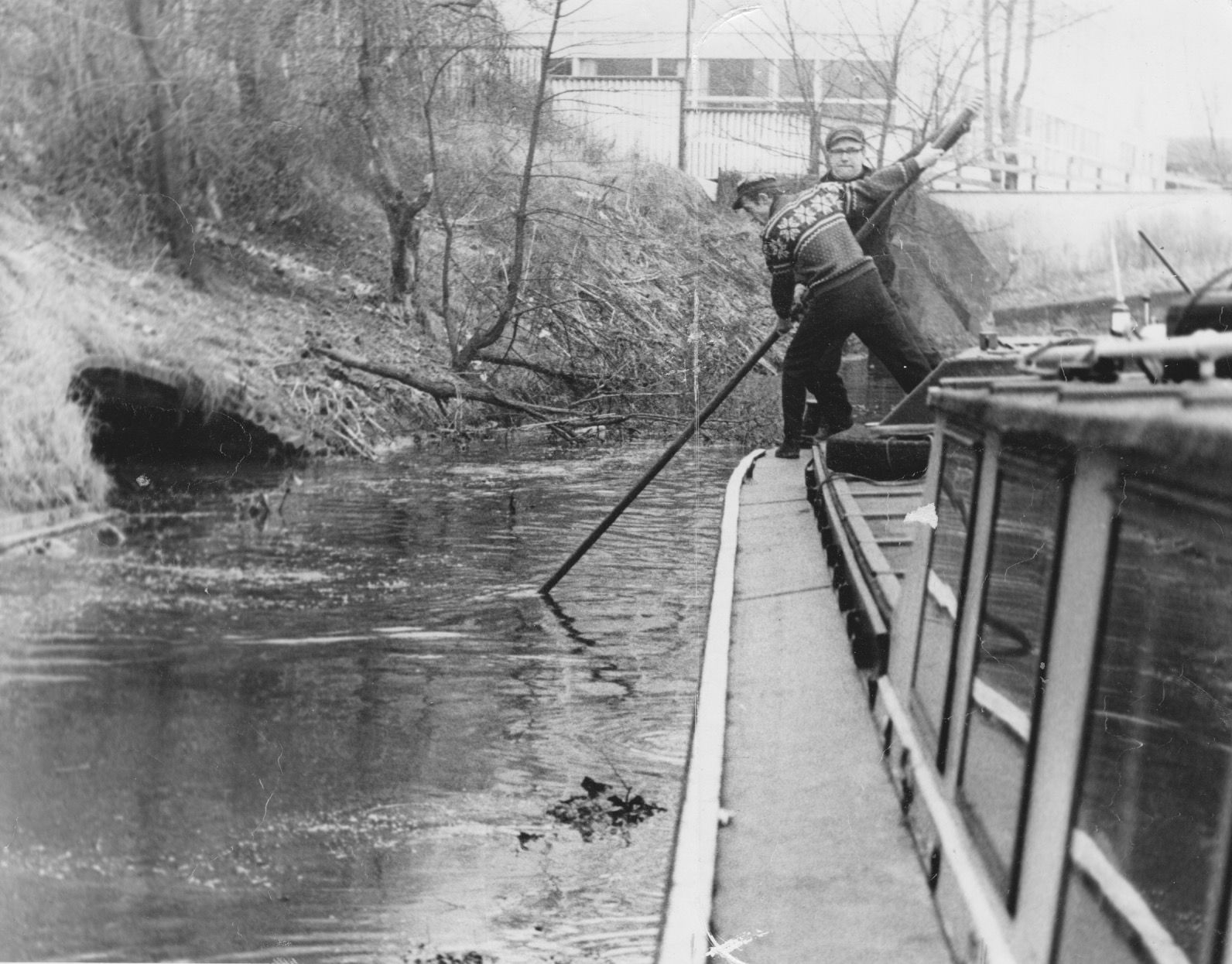
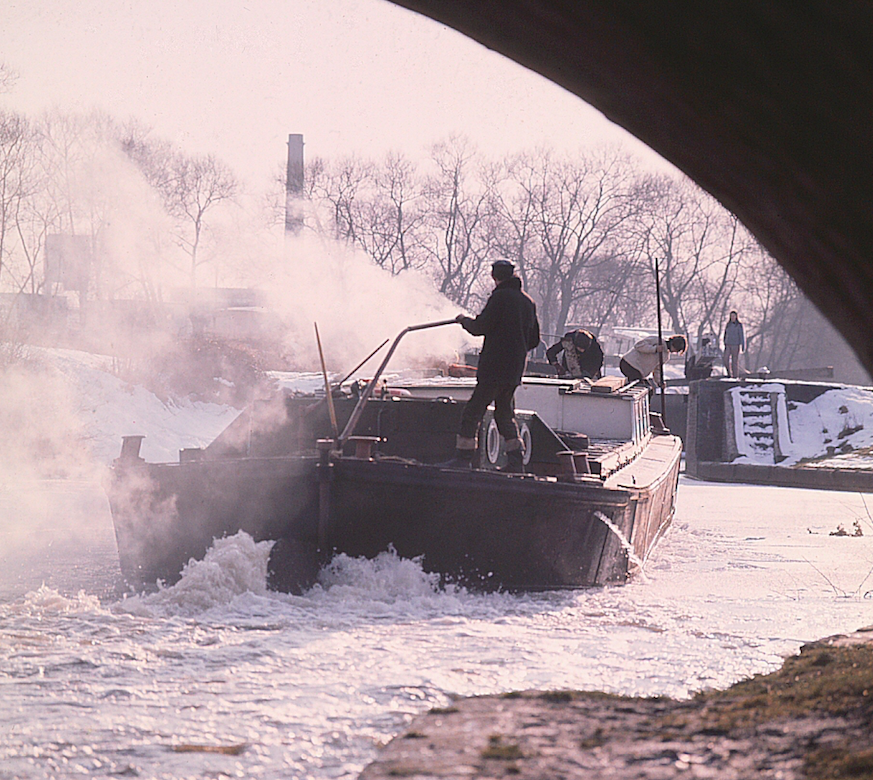
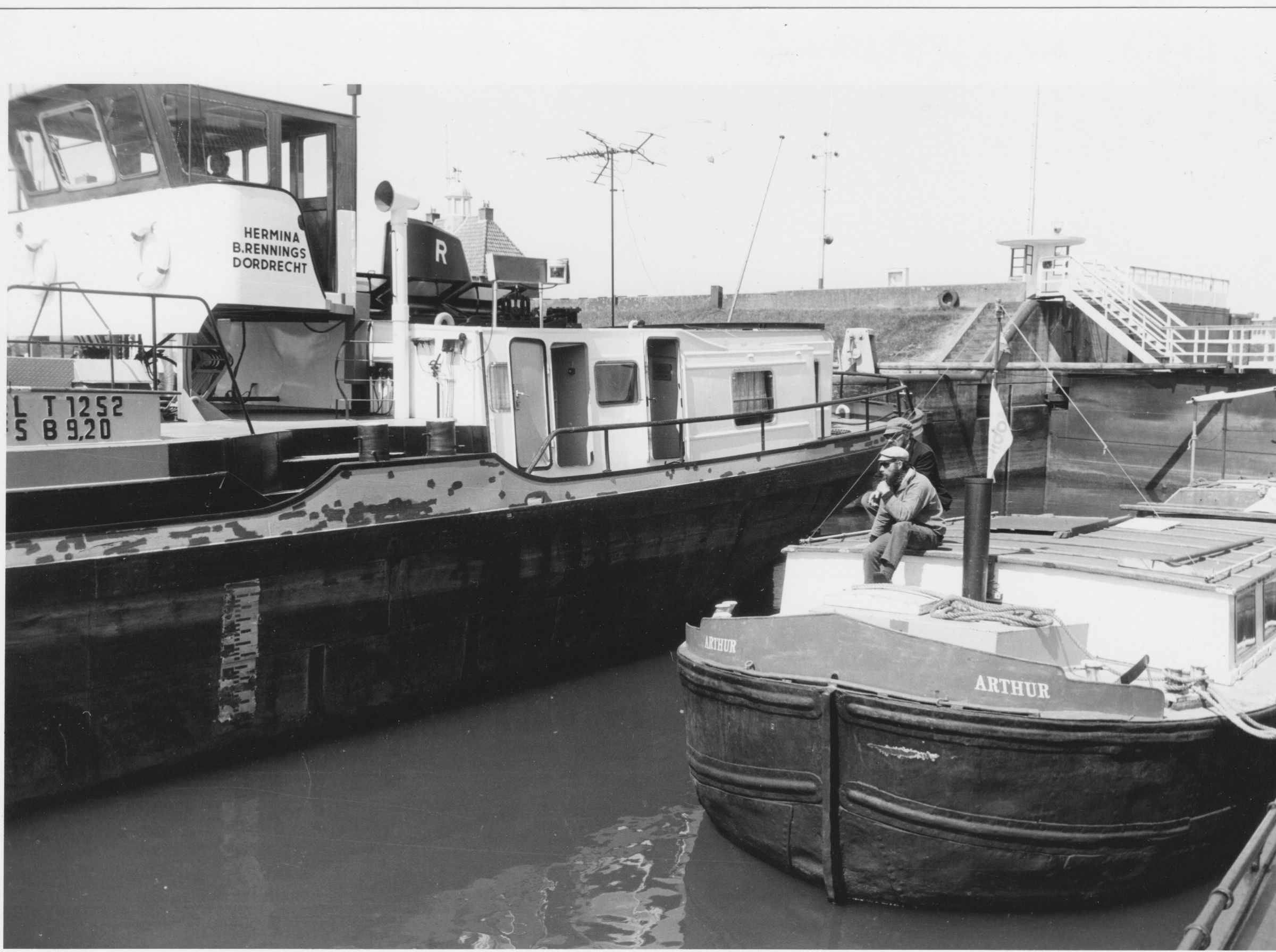

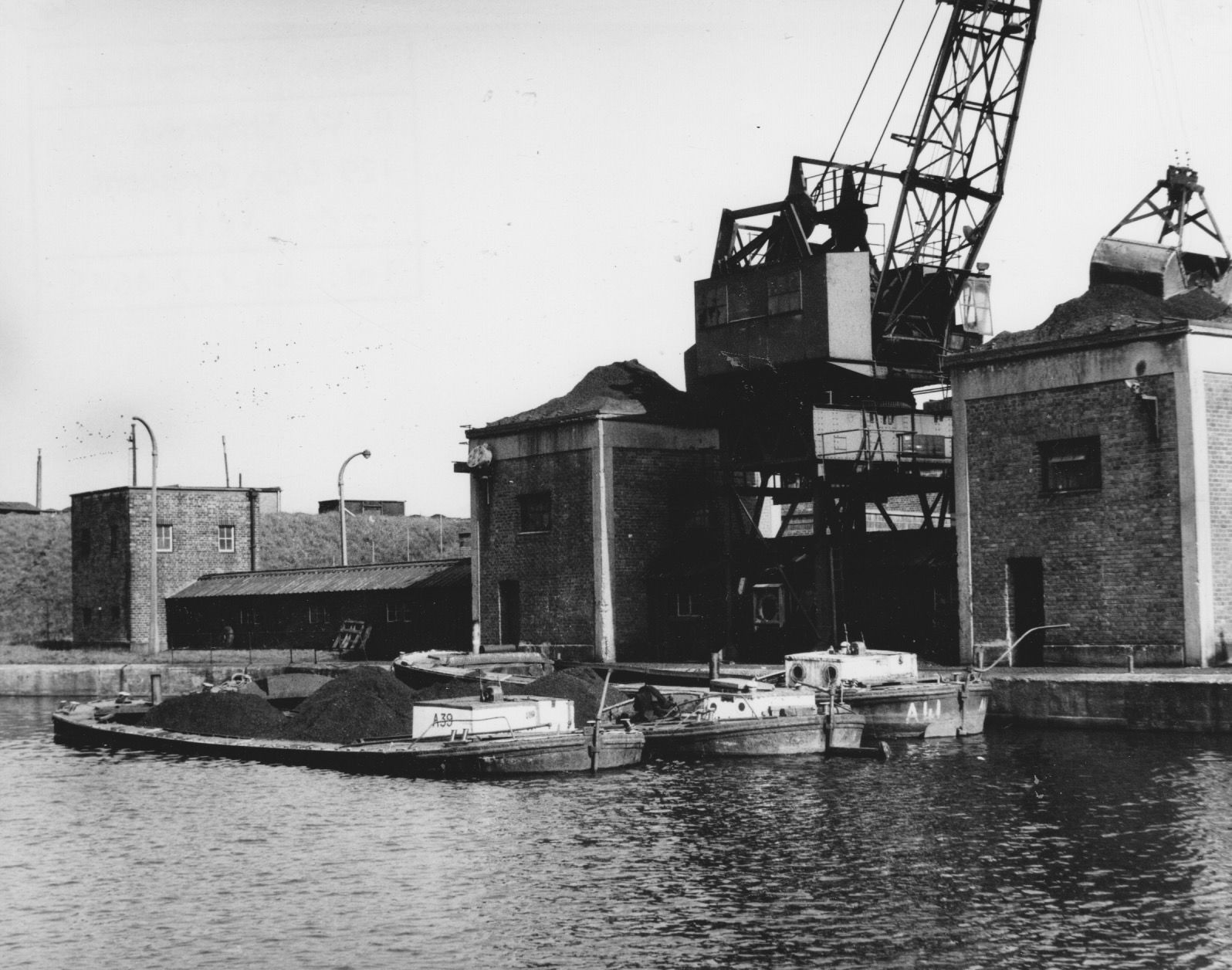
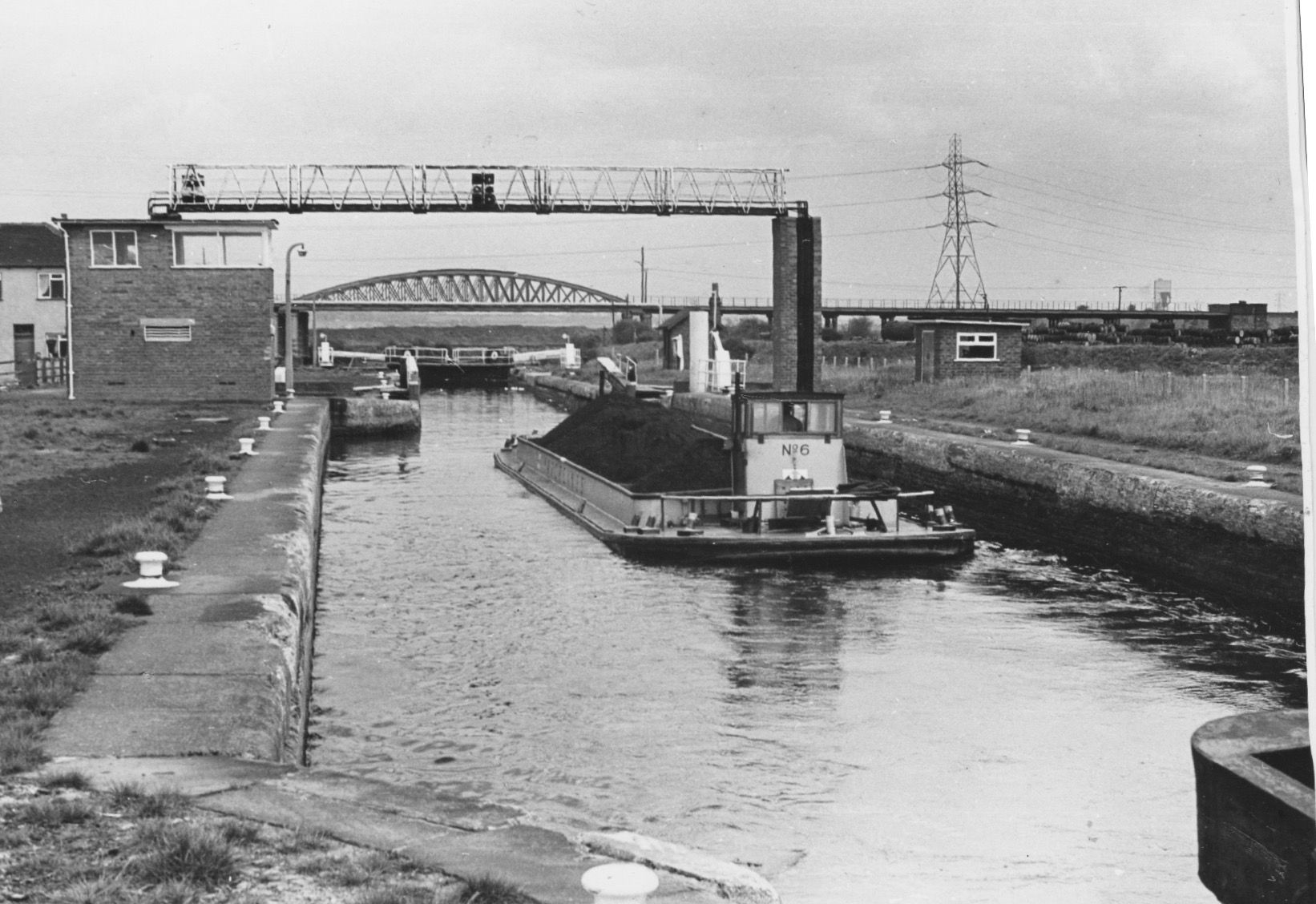
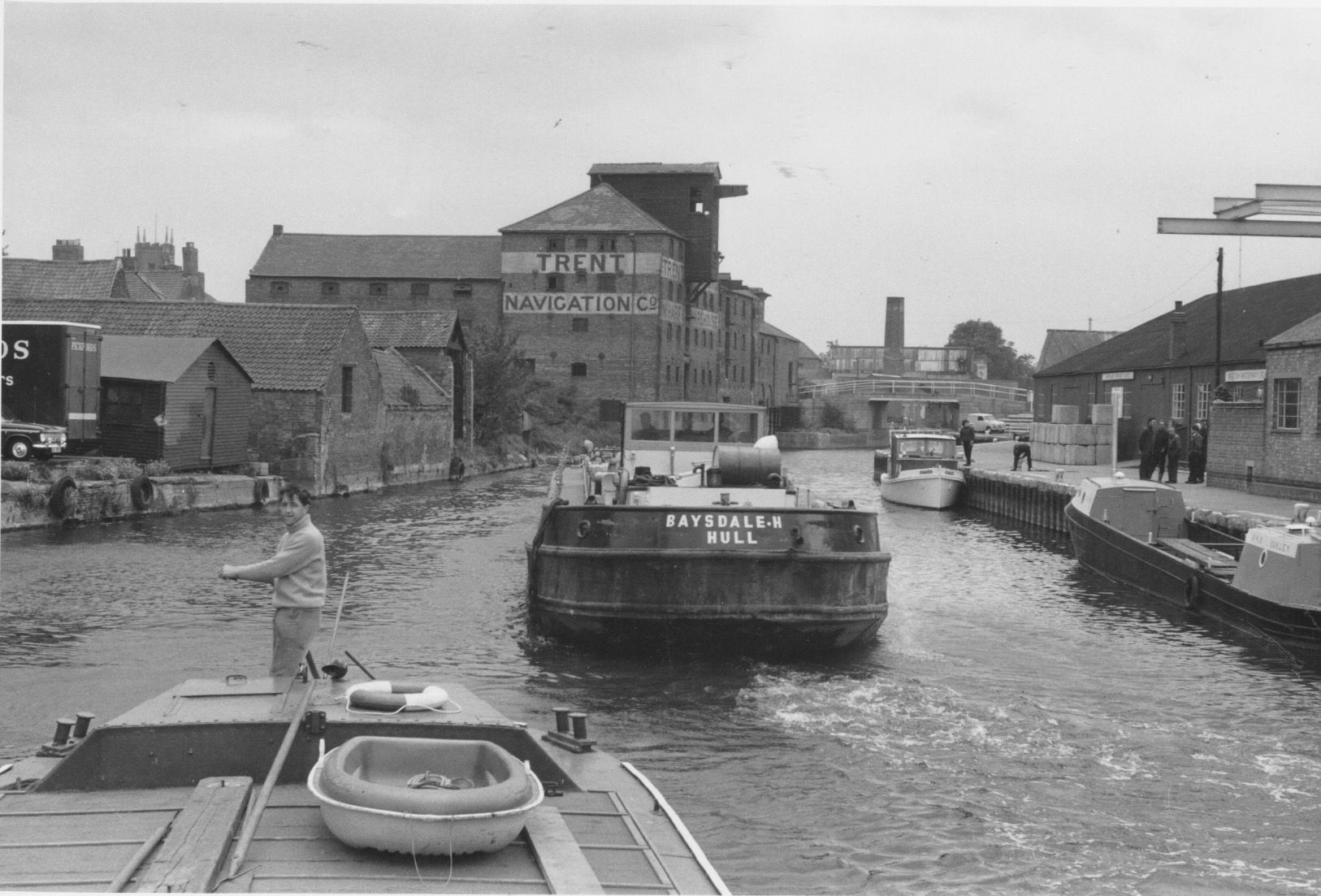
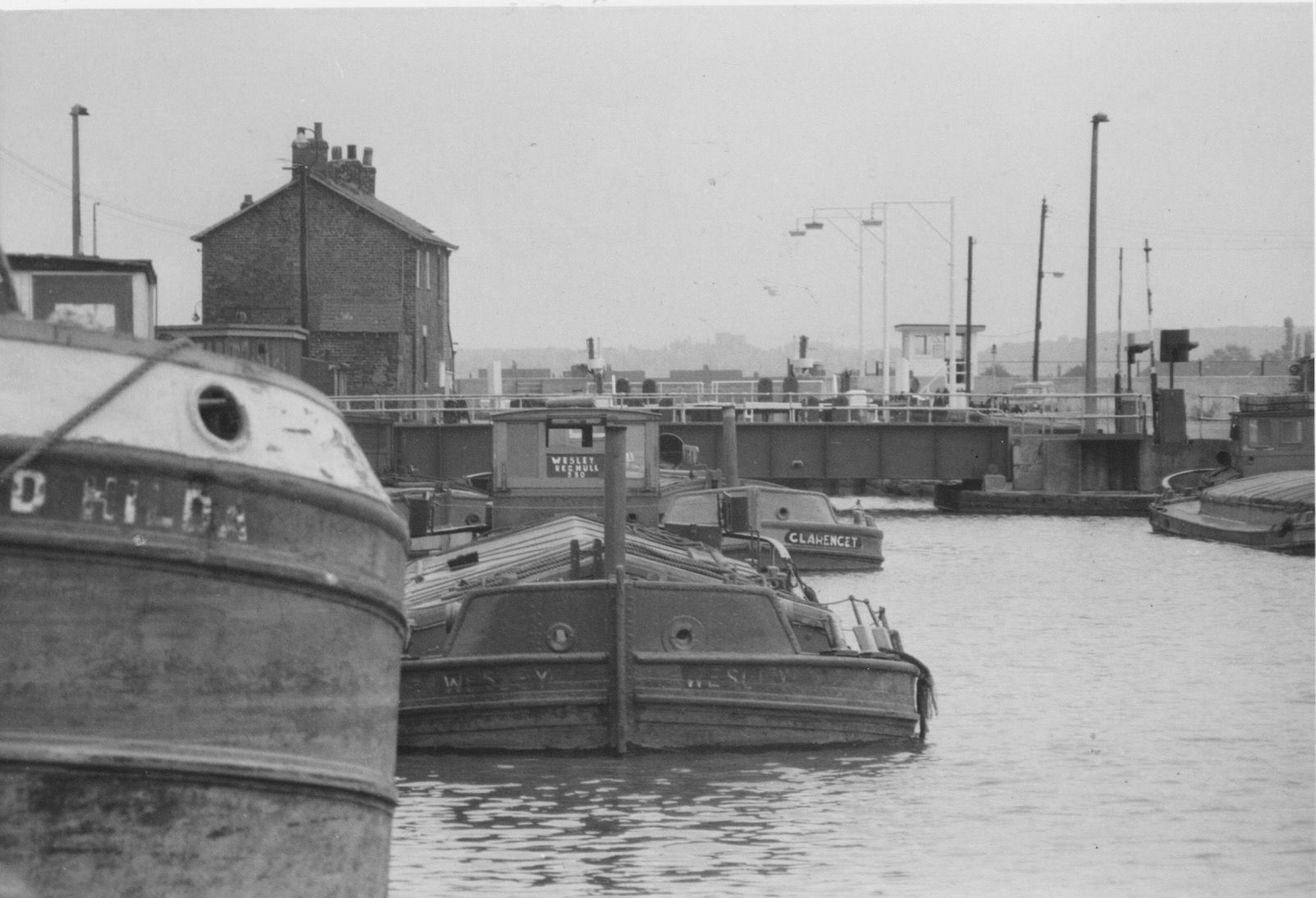
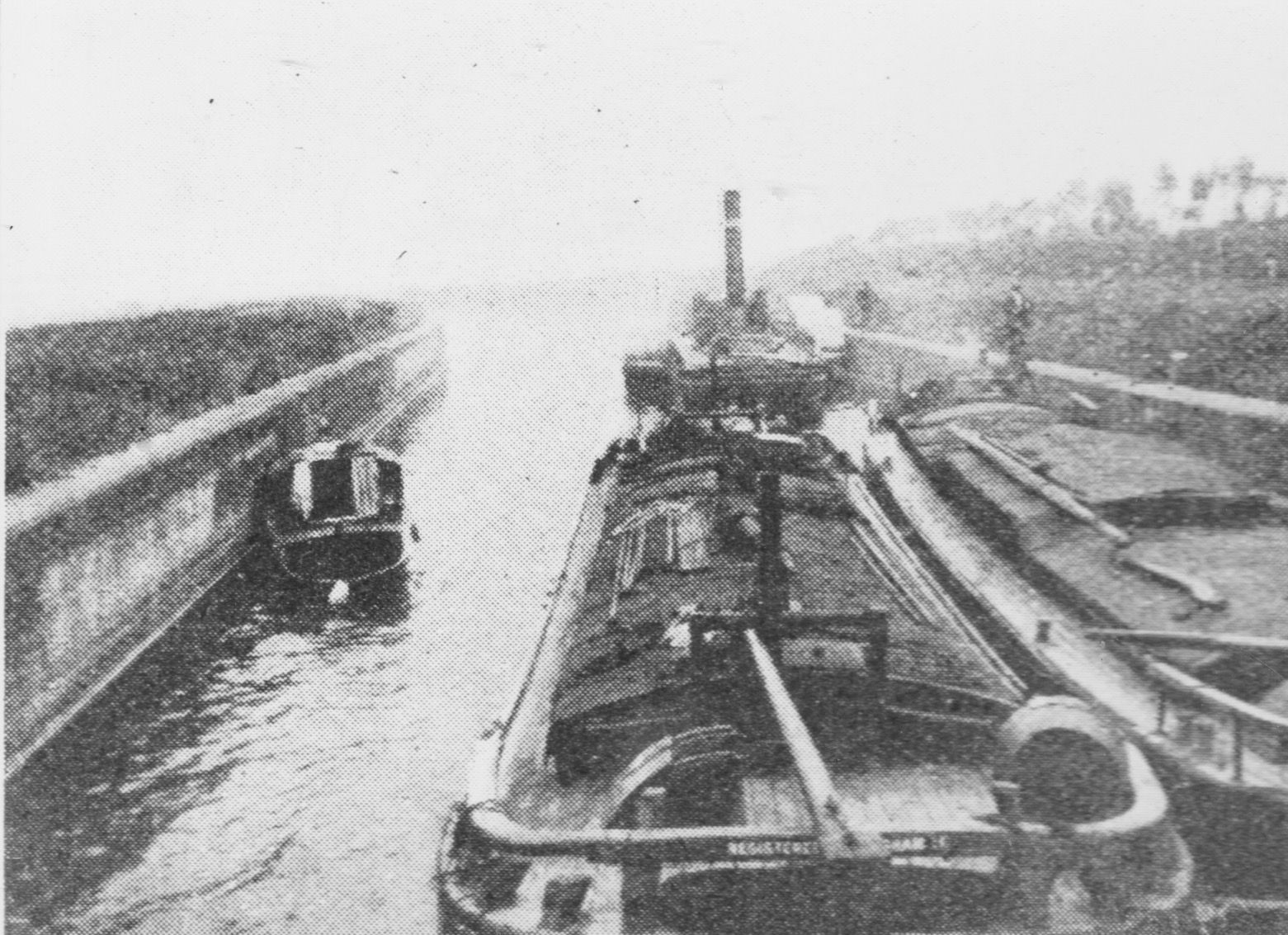
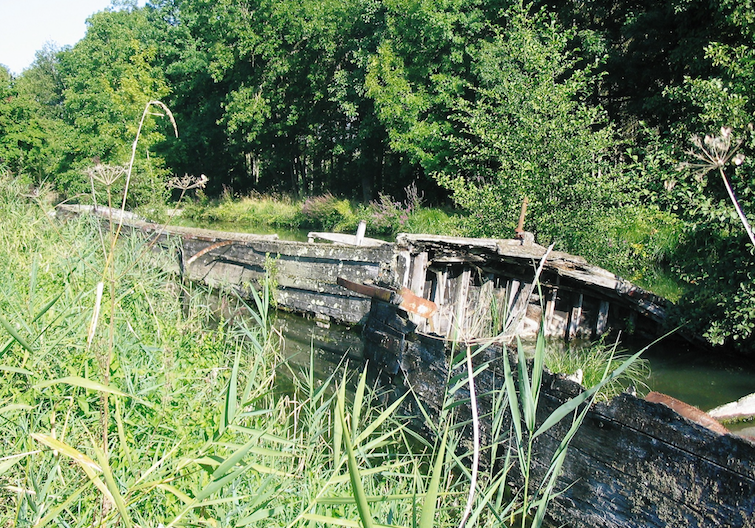
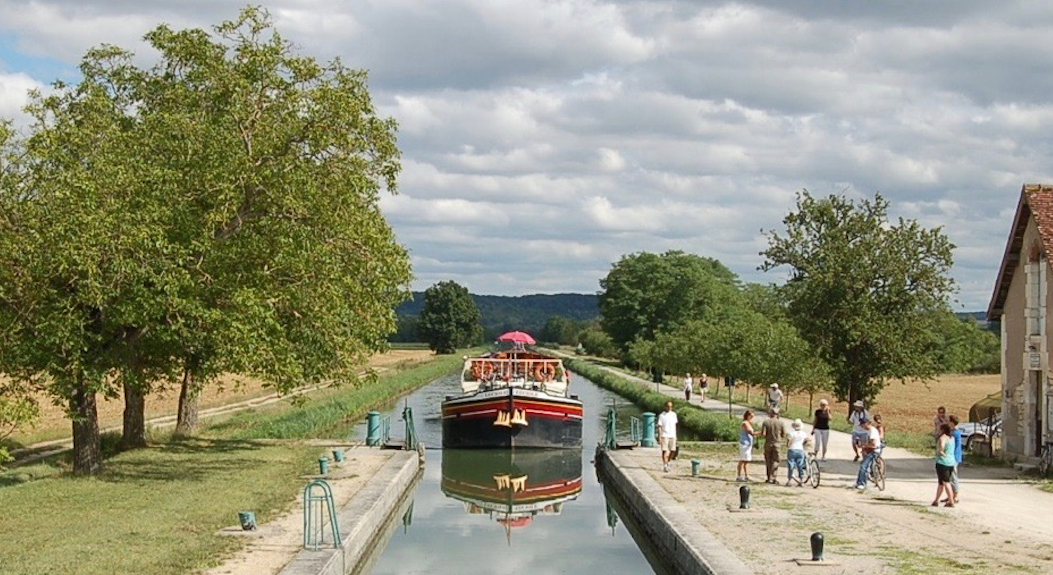
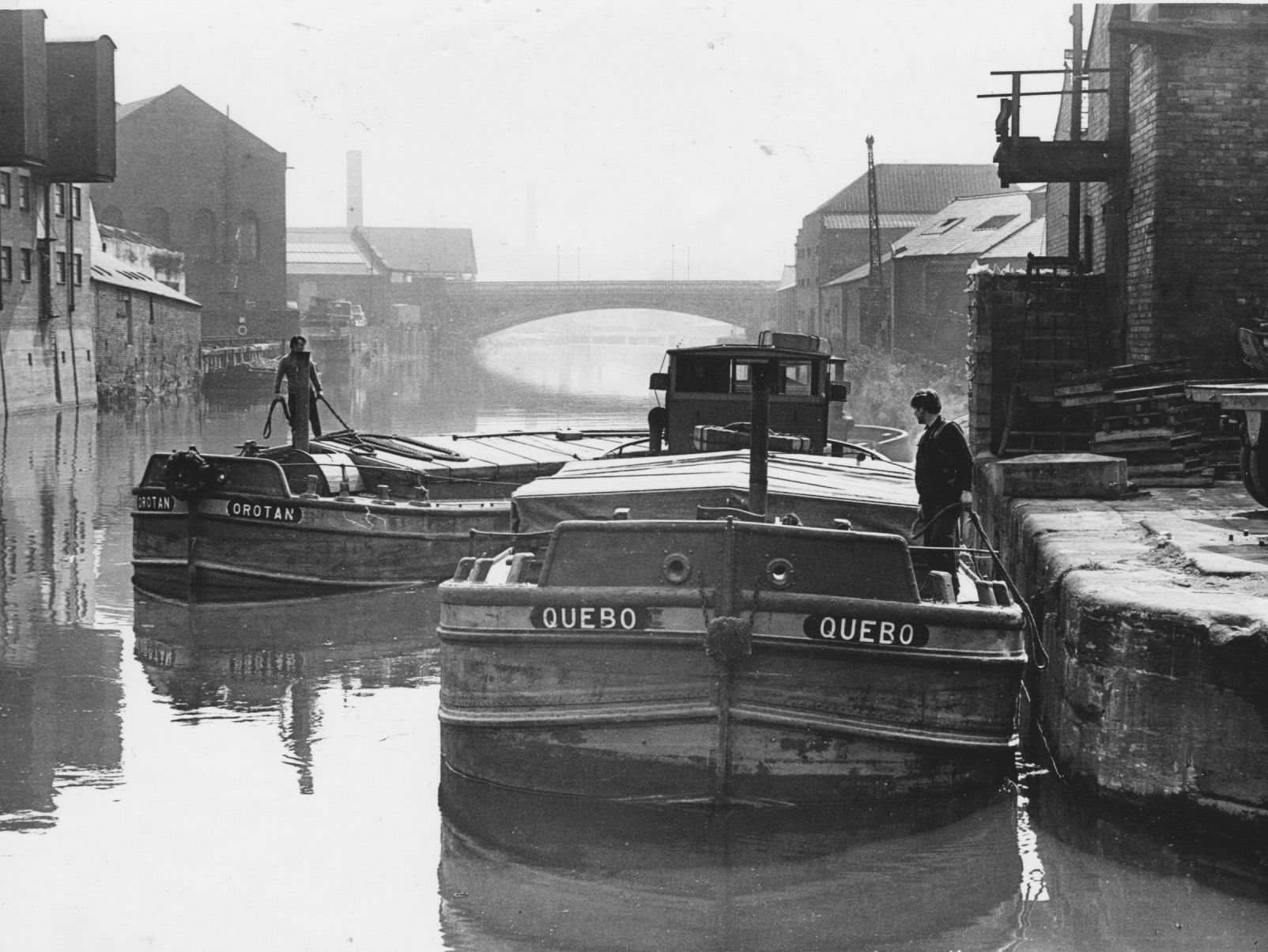
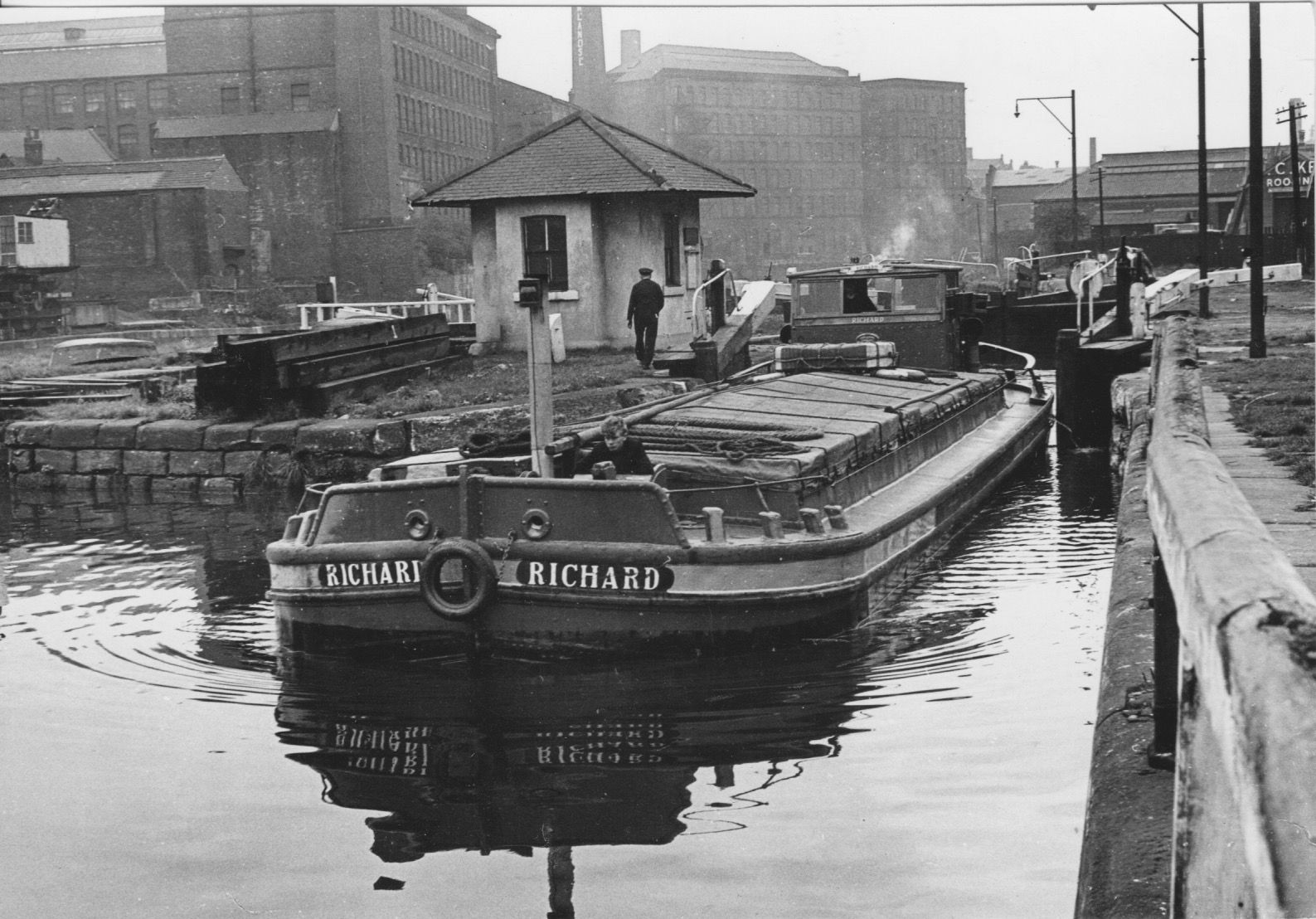
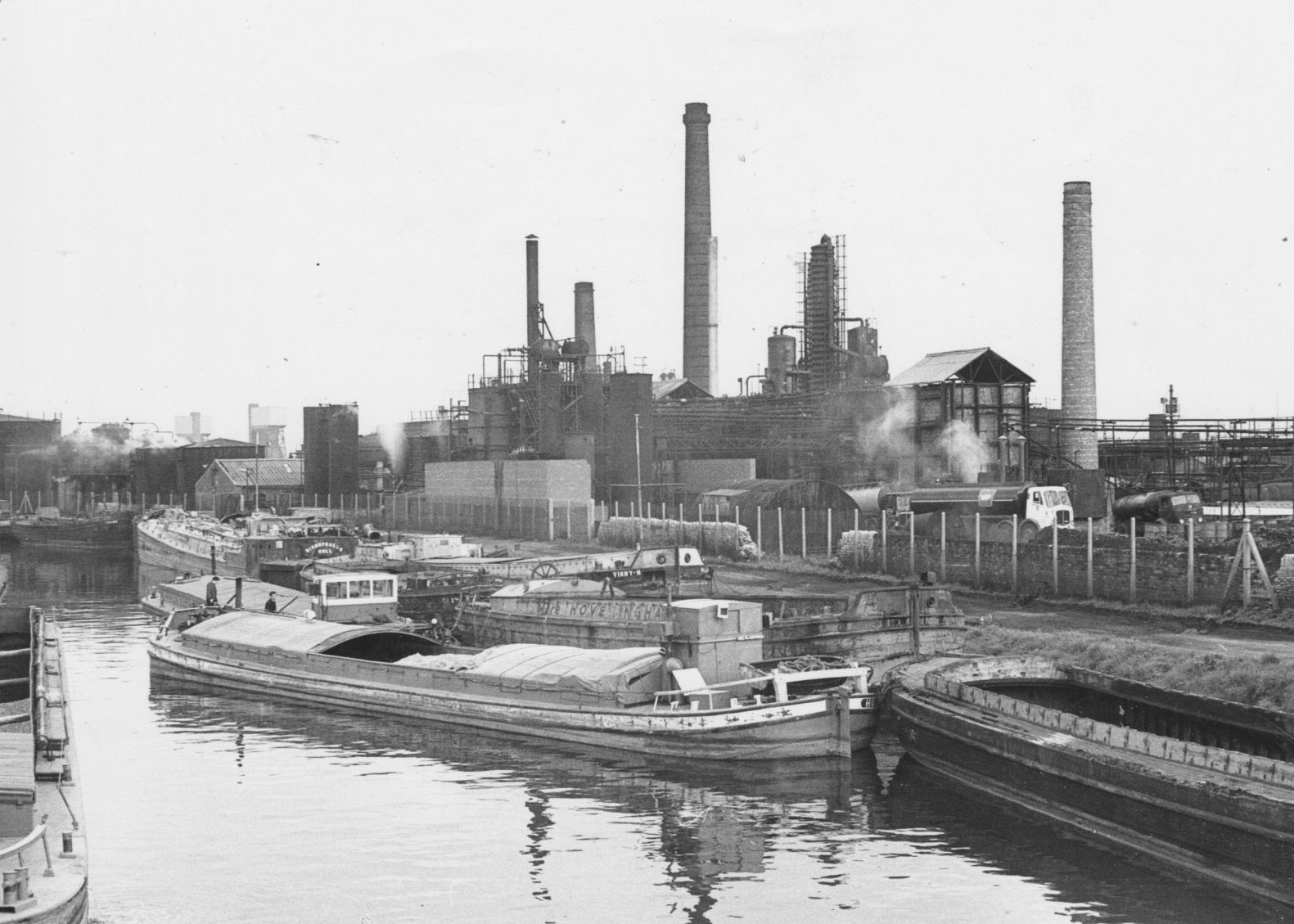
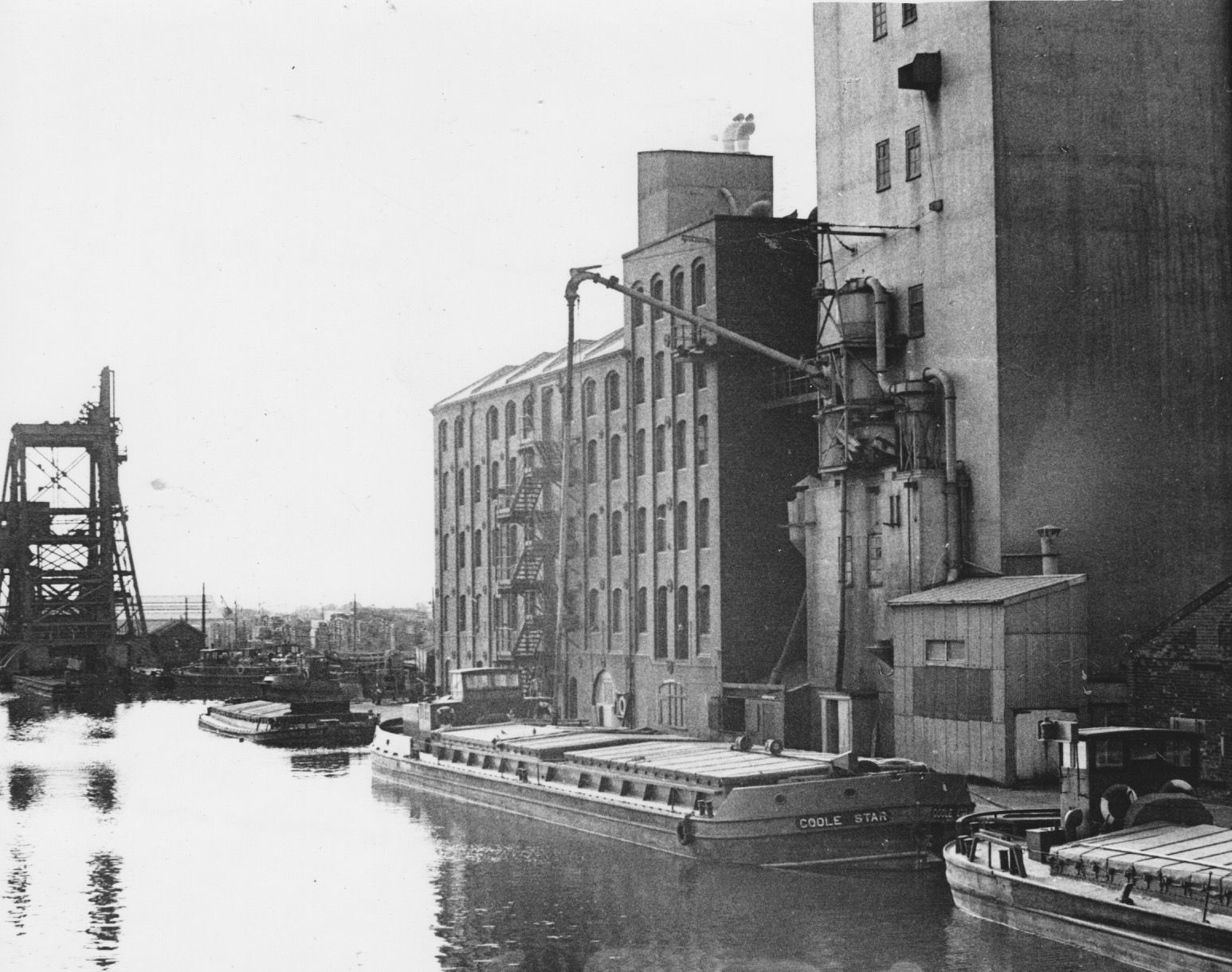

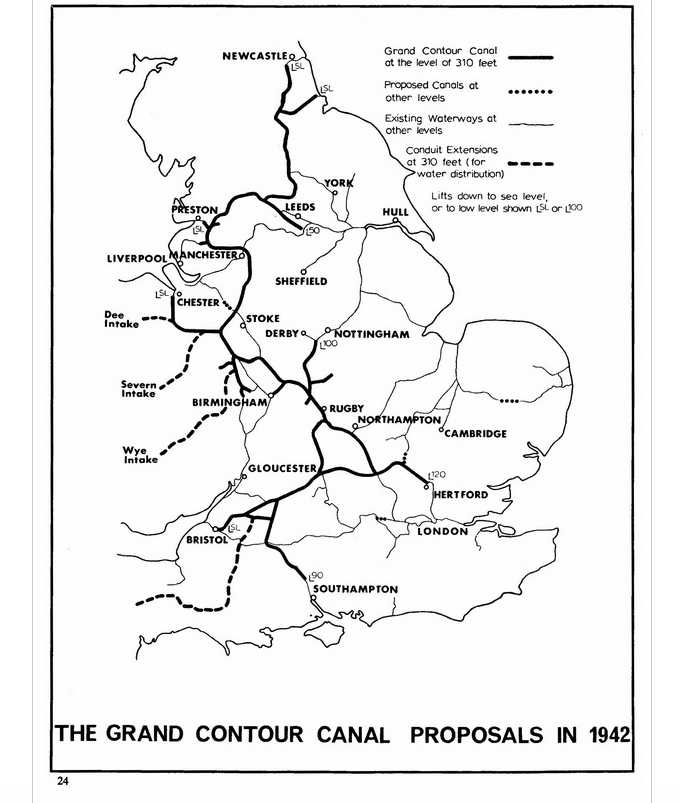
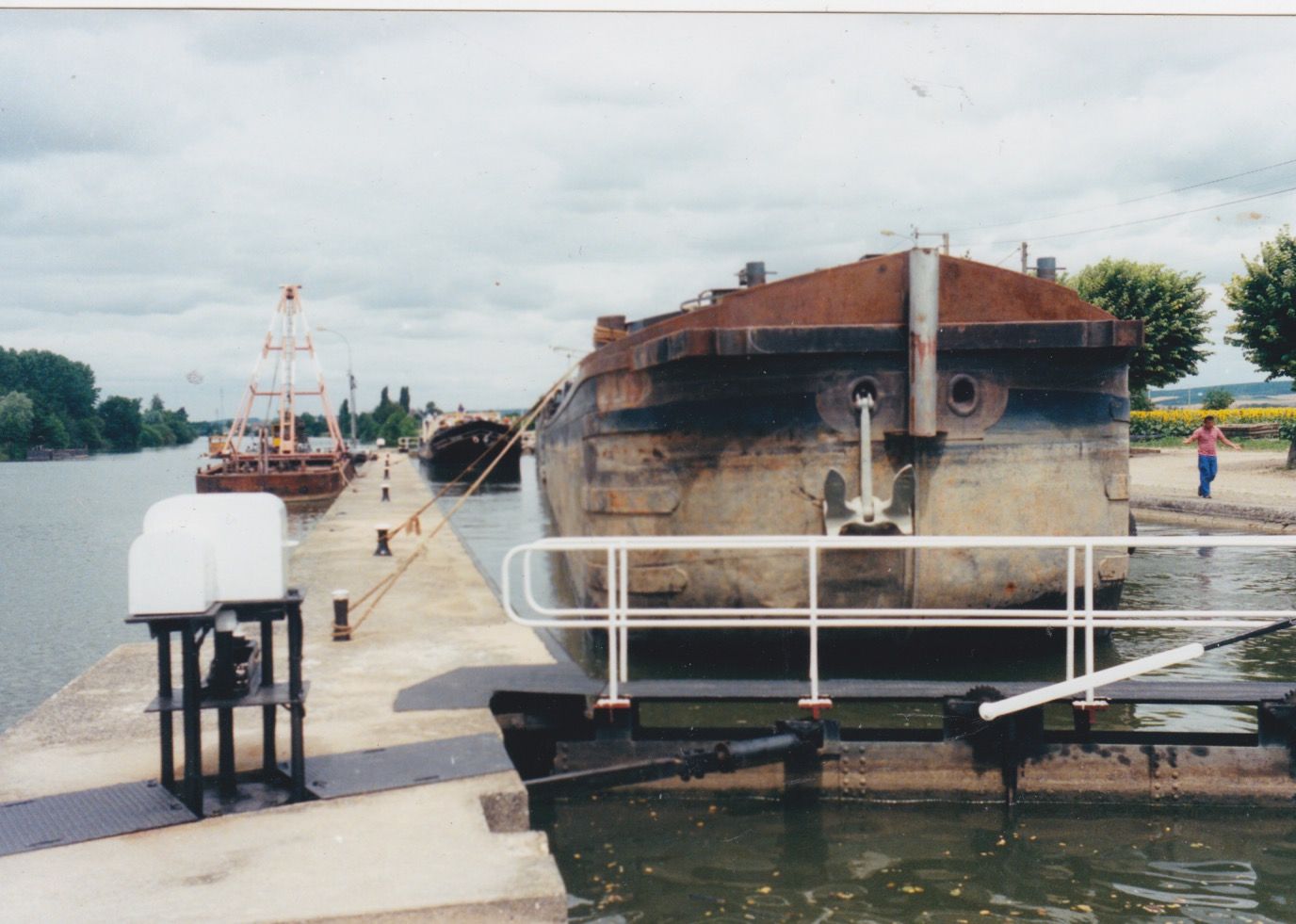
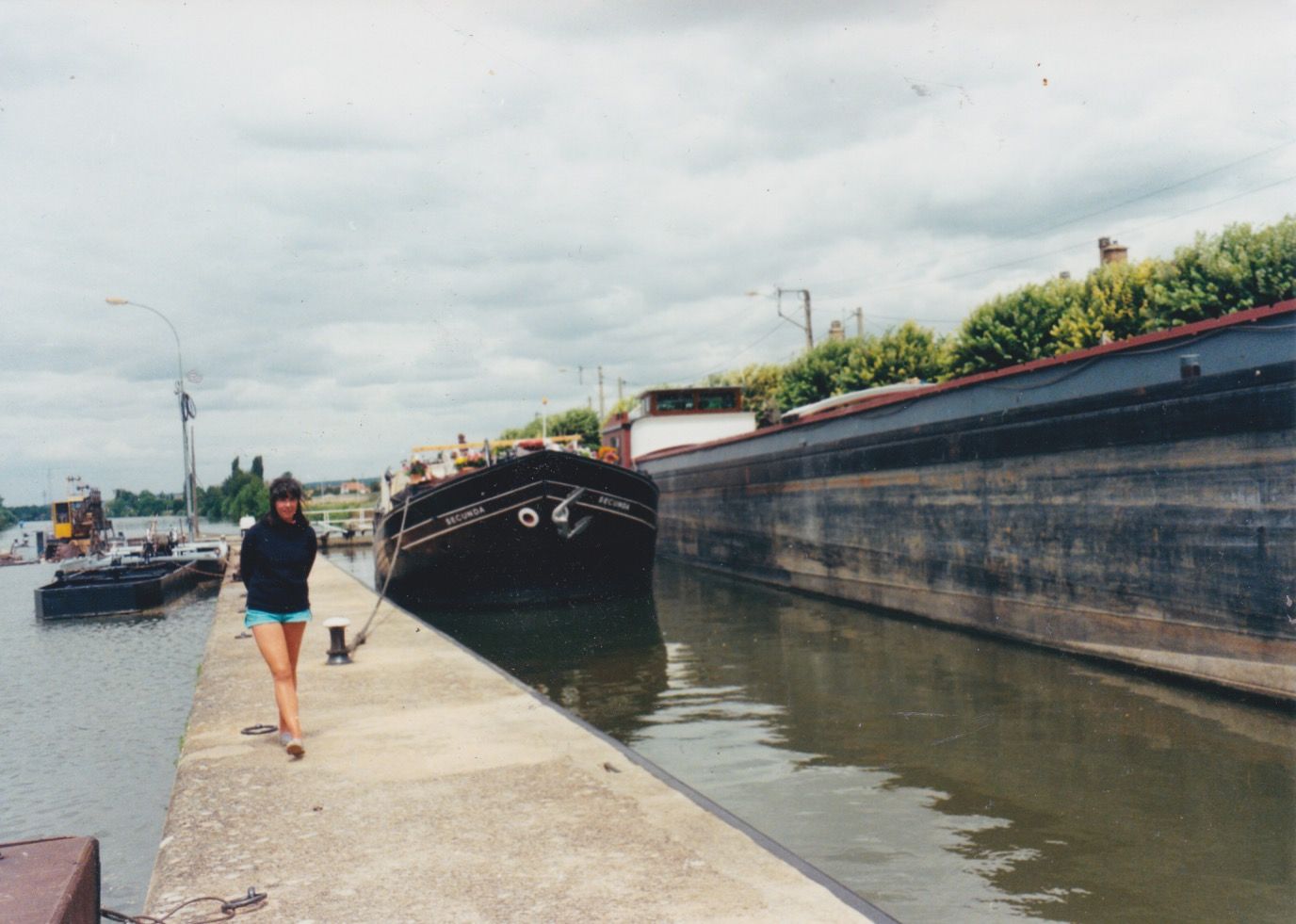
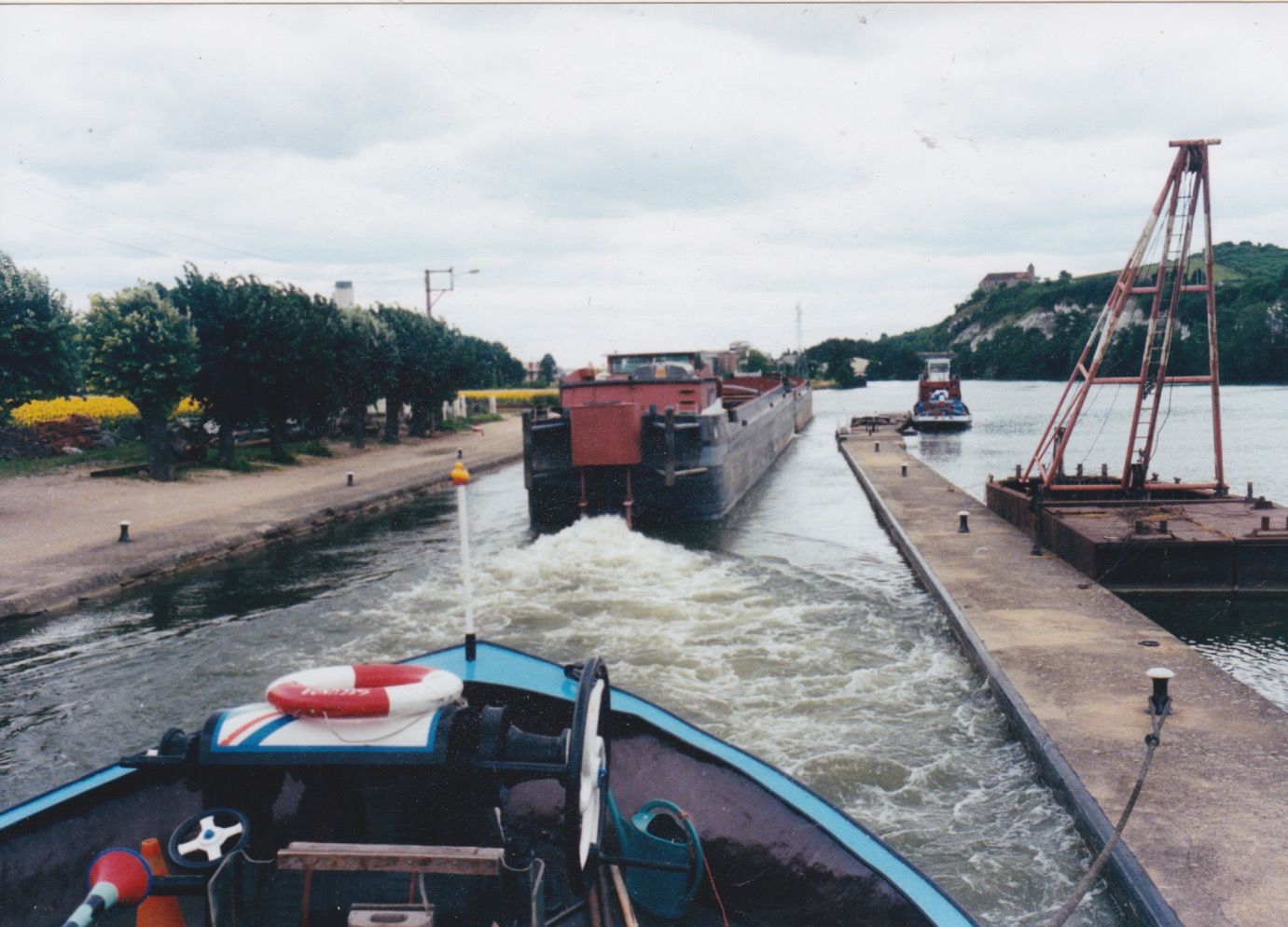
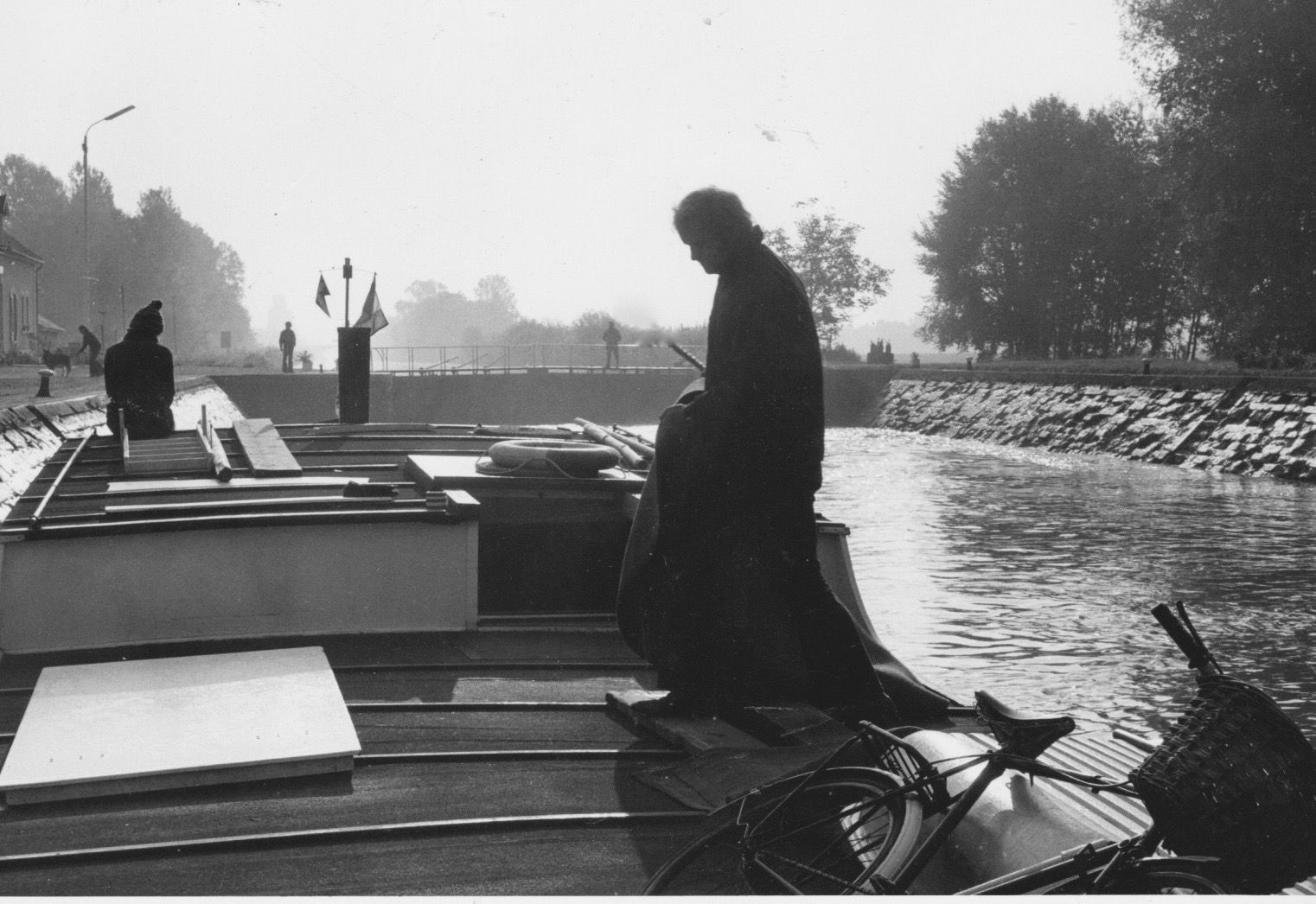
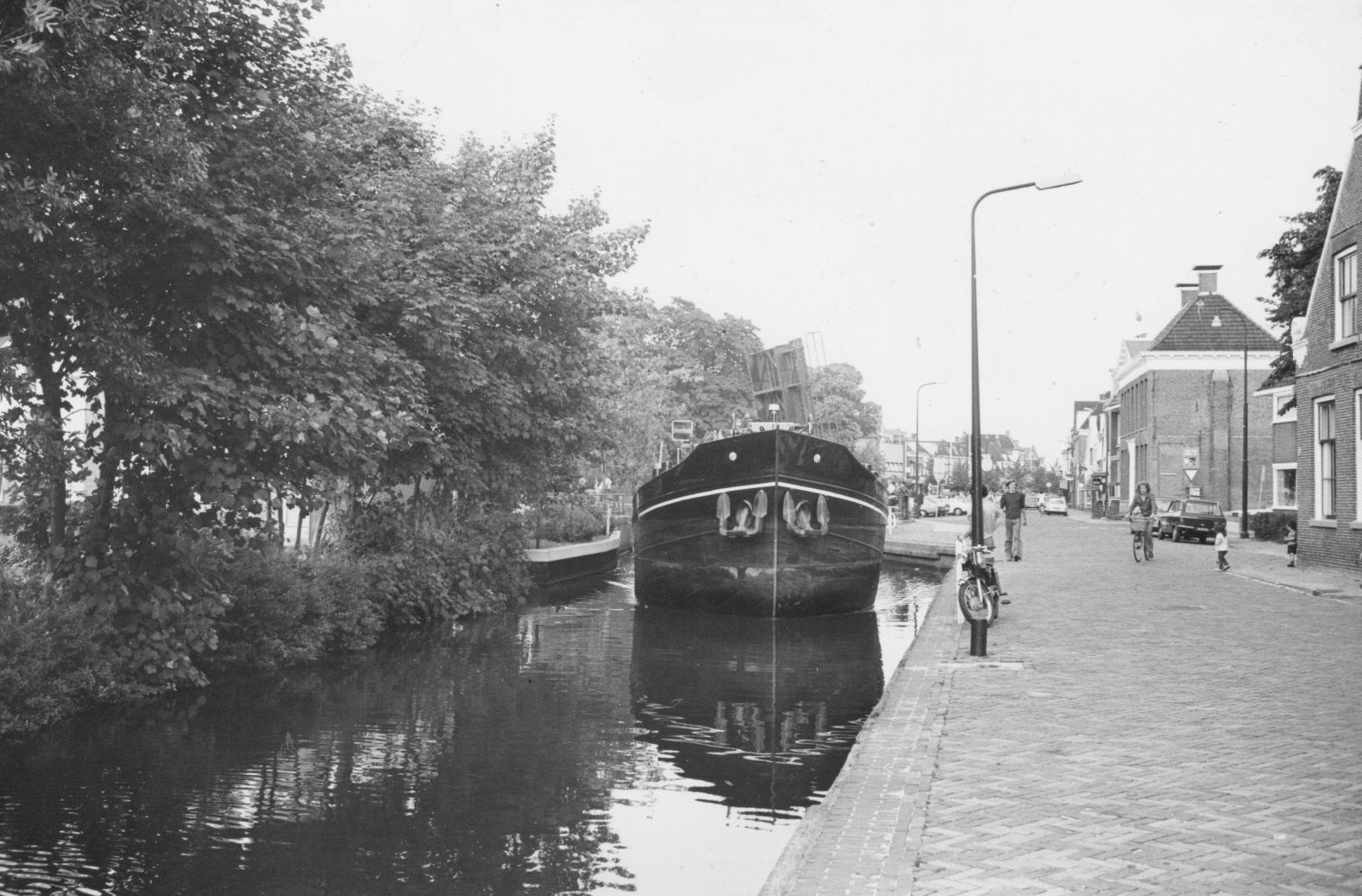
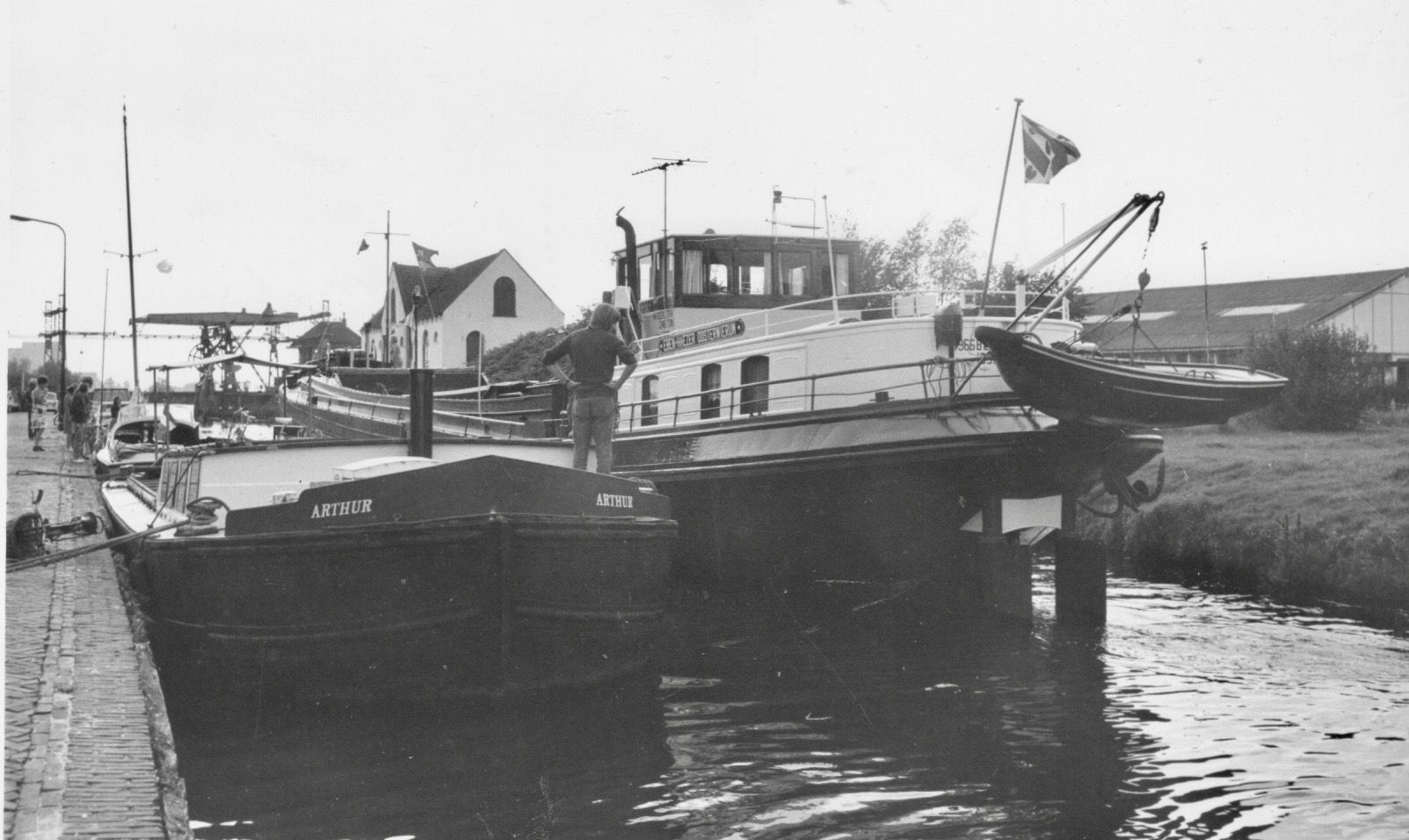
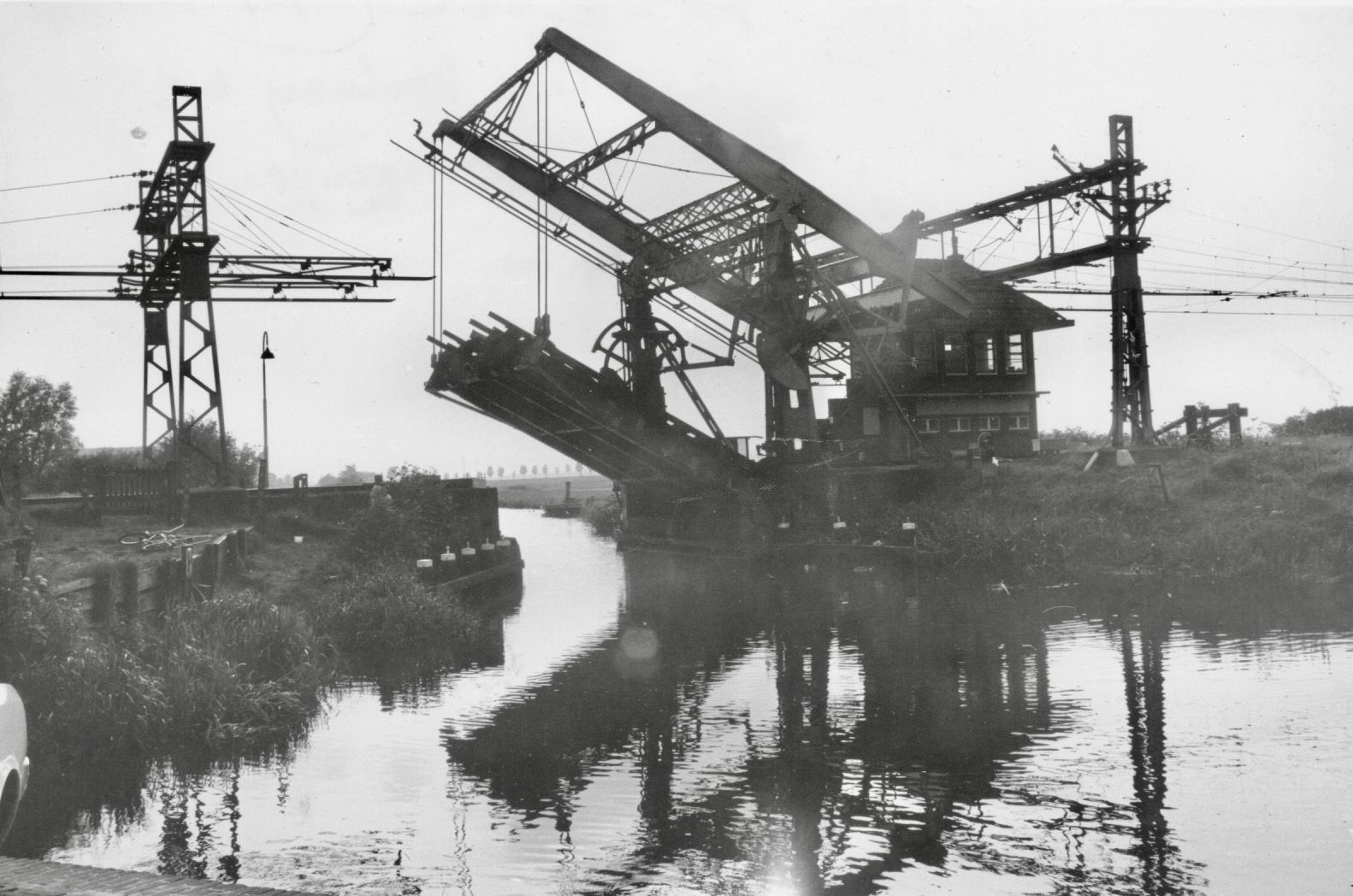

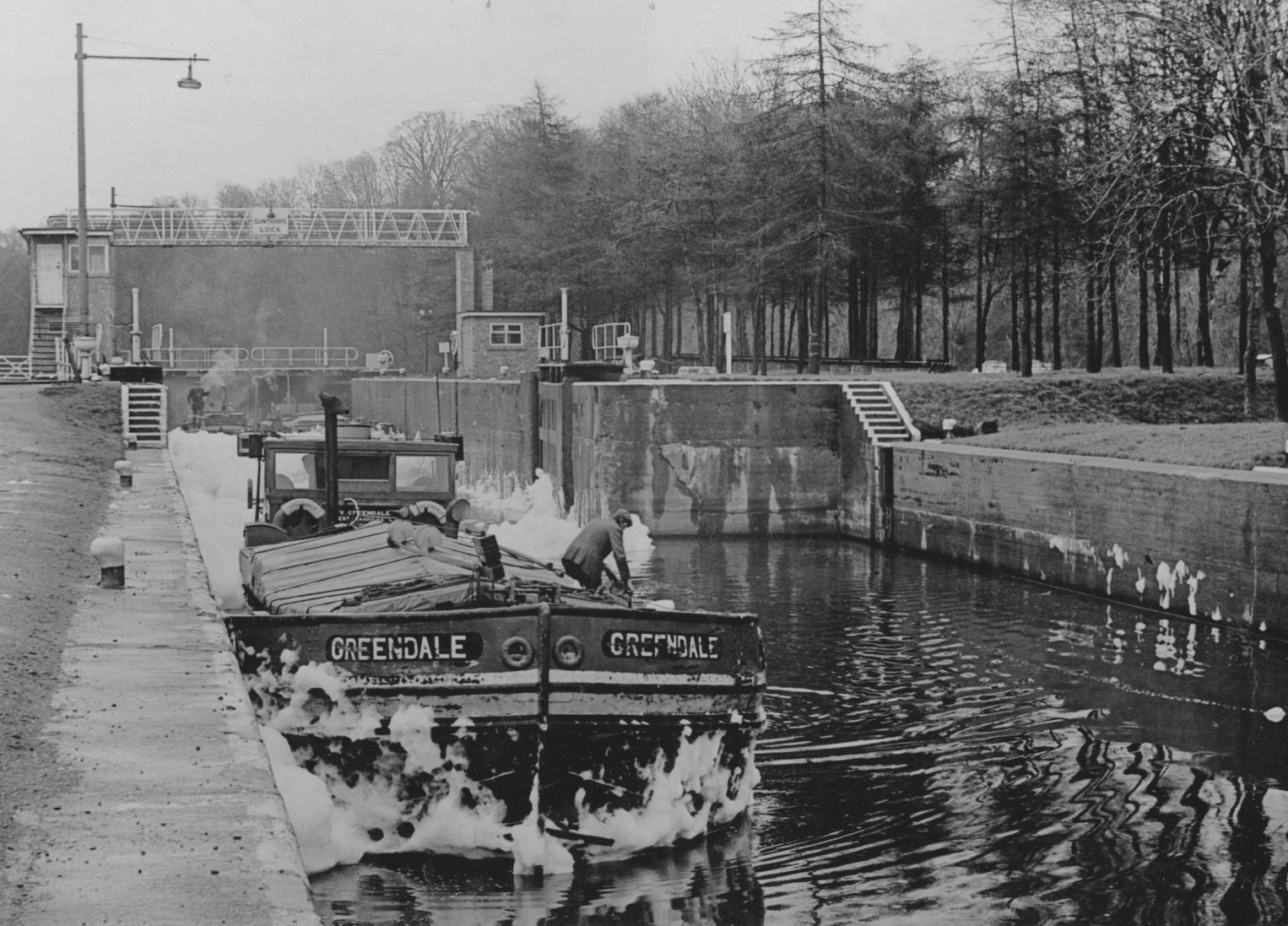

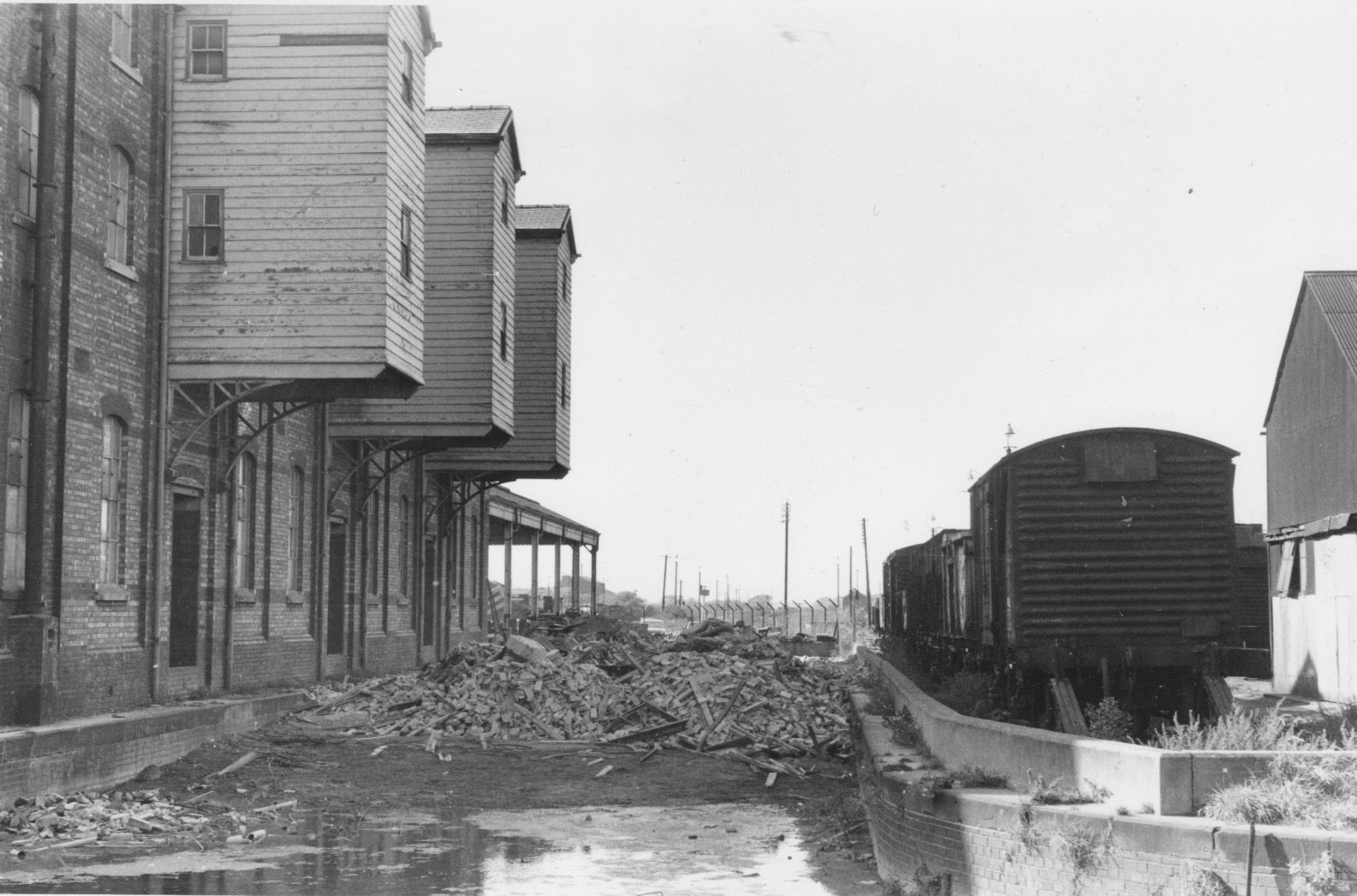

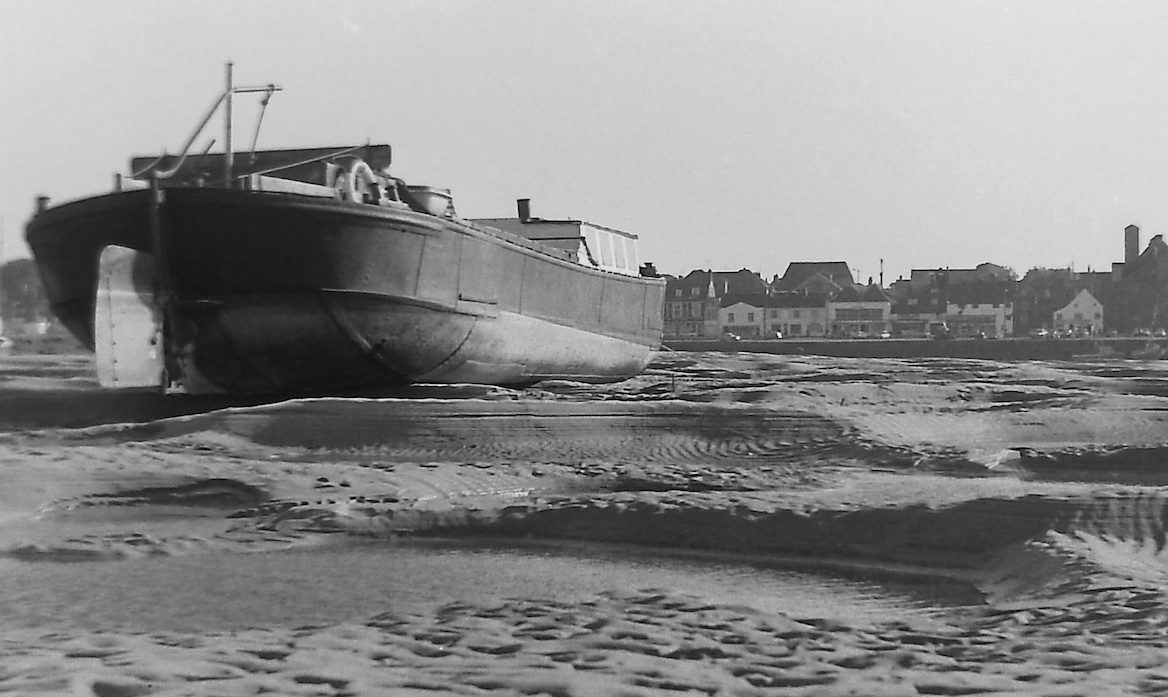

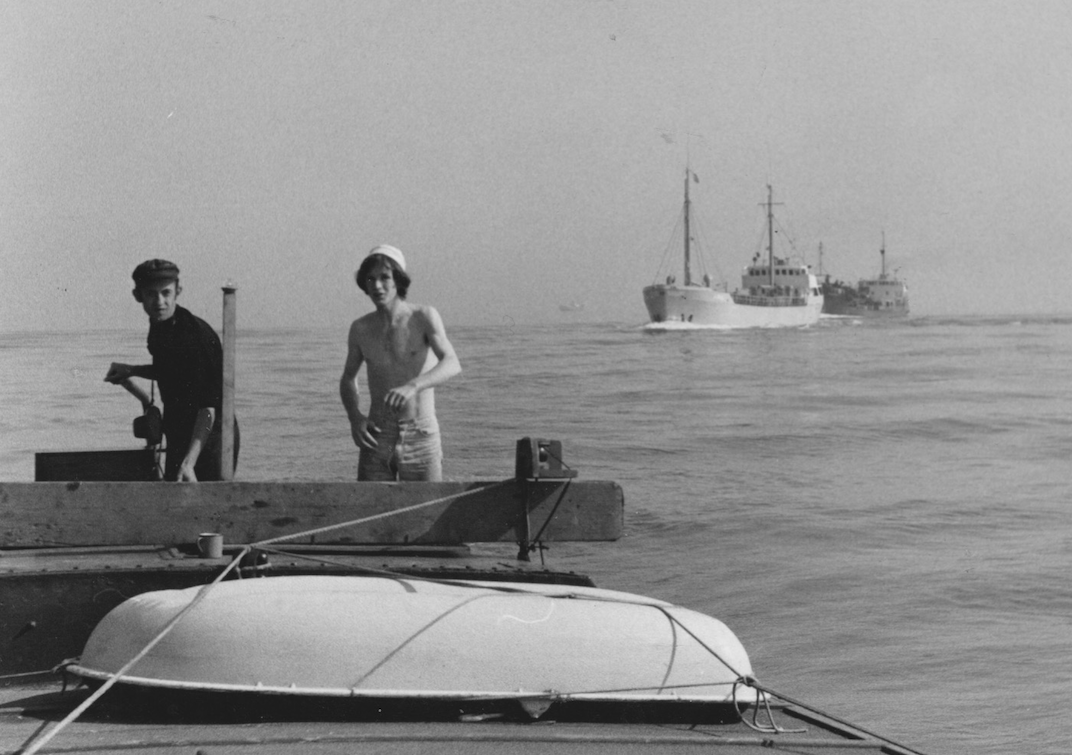

.jpg.132be2c79da521ef6ea87e67deac1494.jpg)
